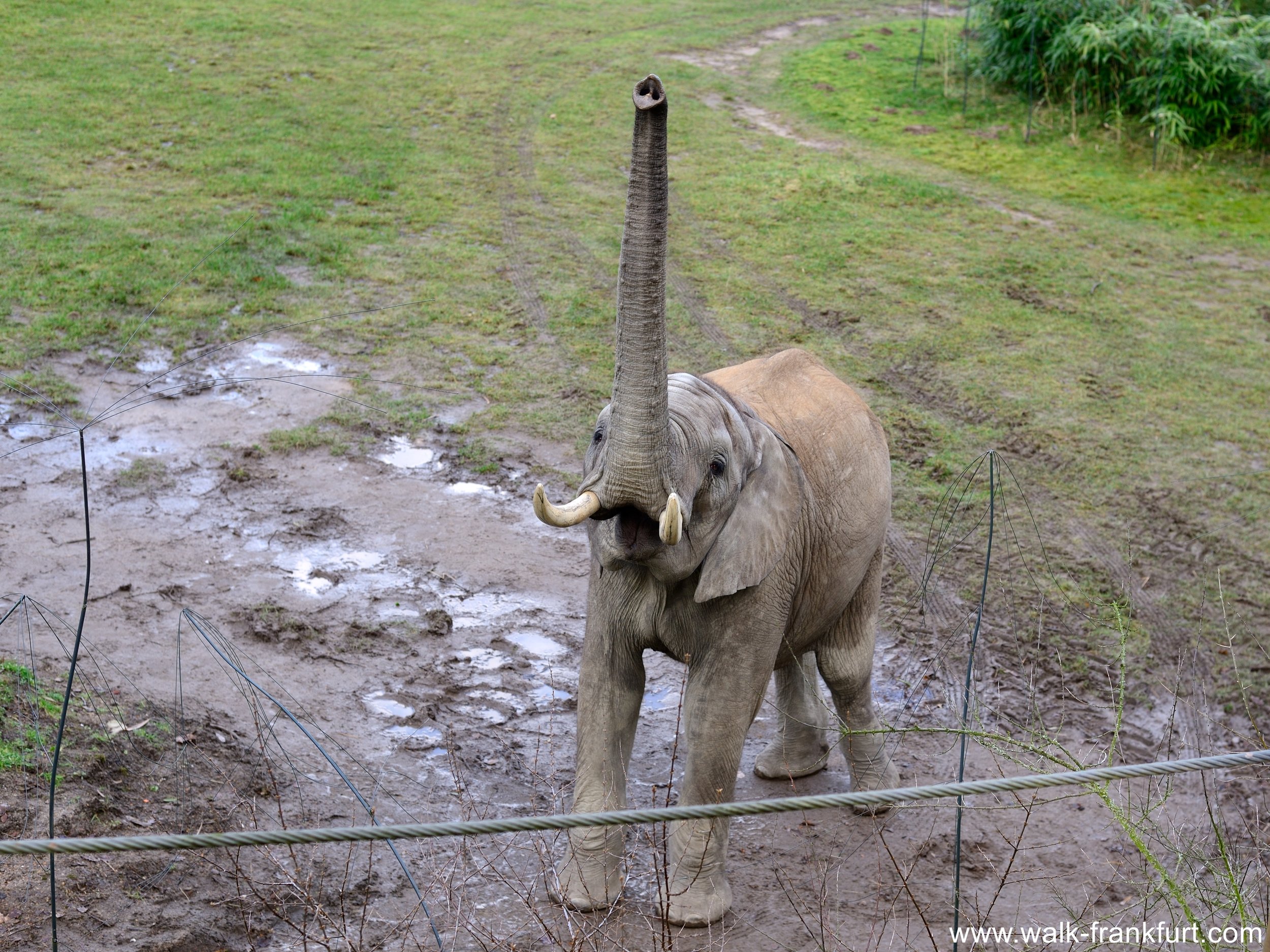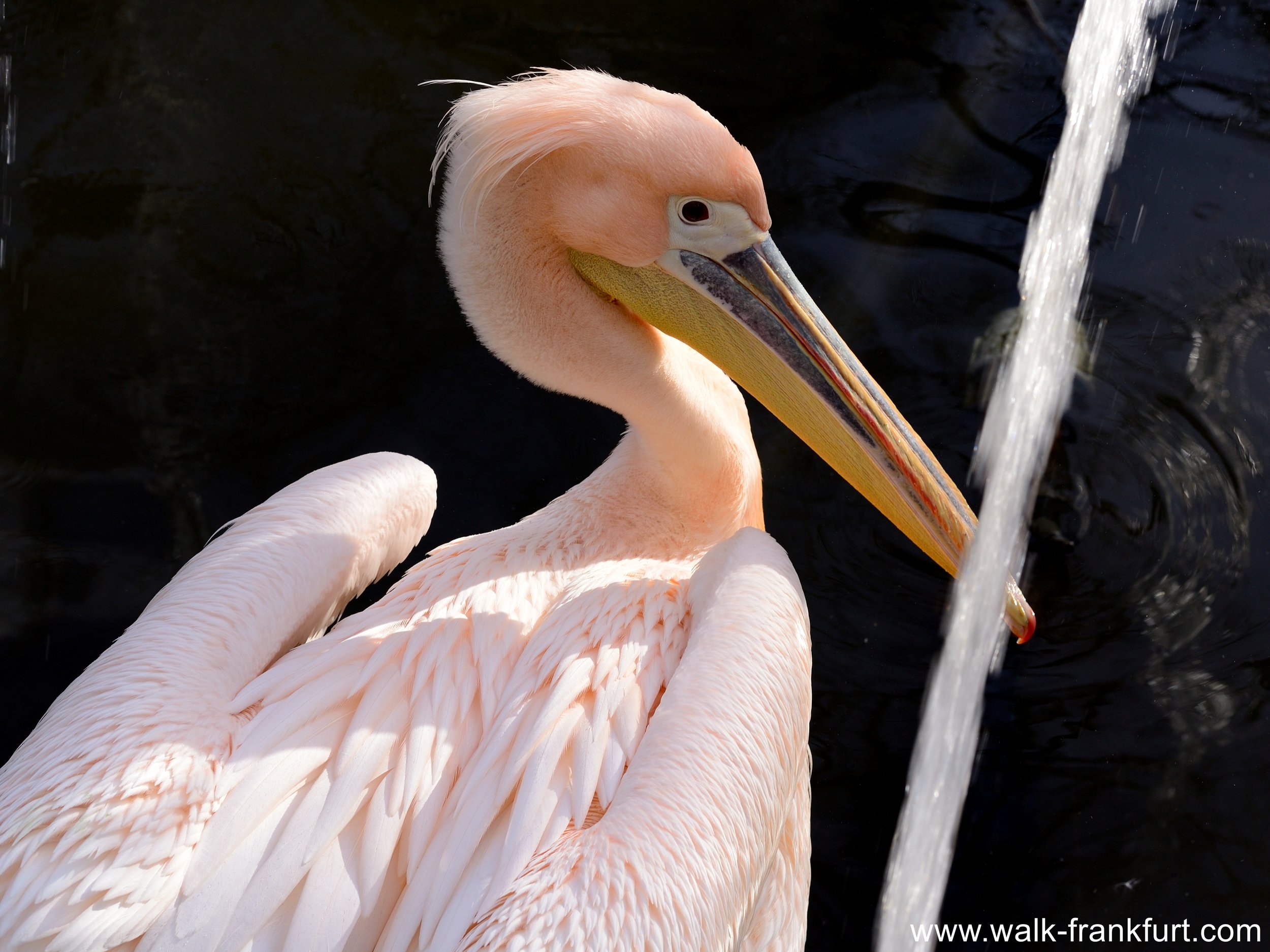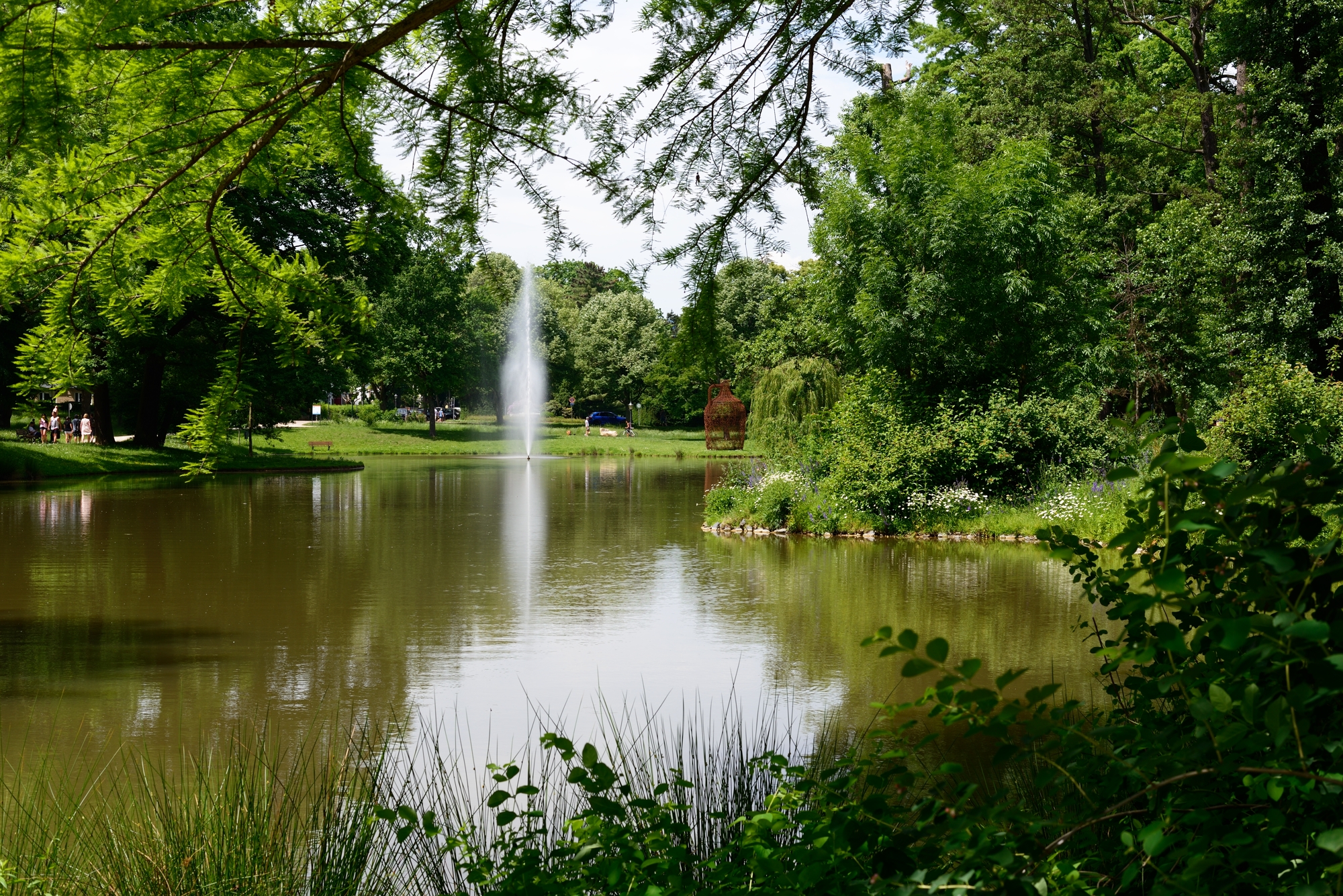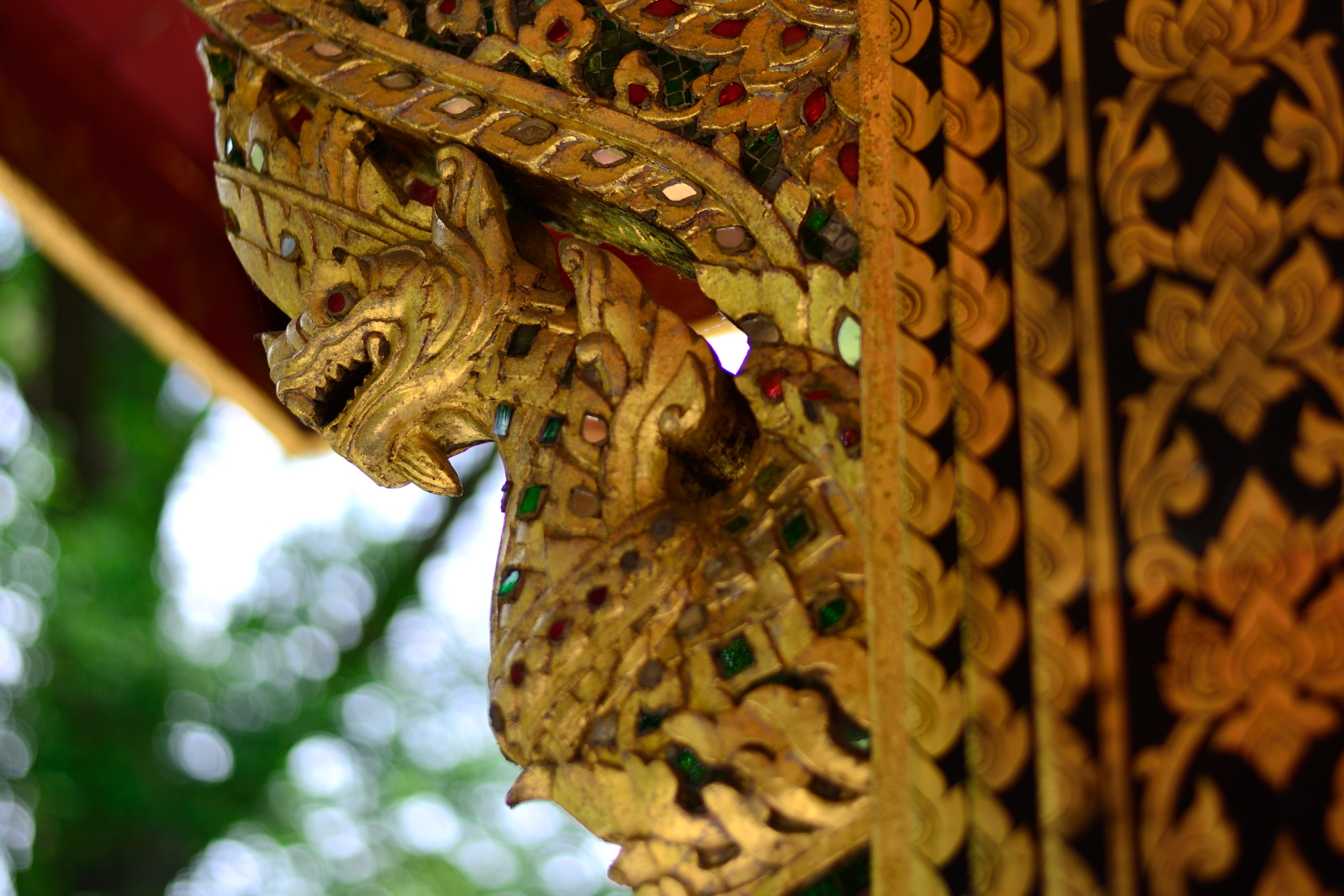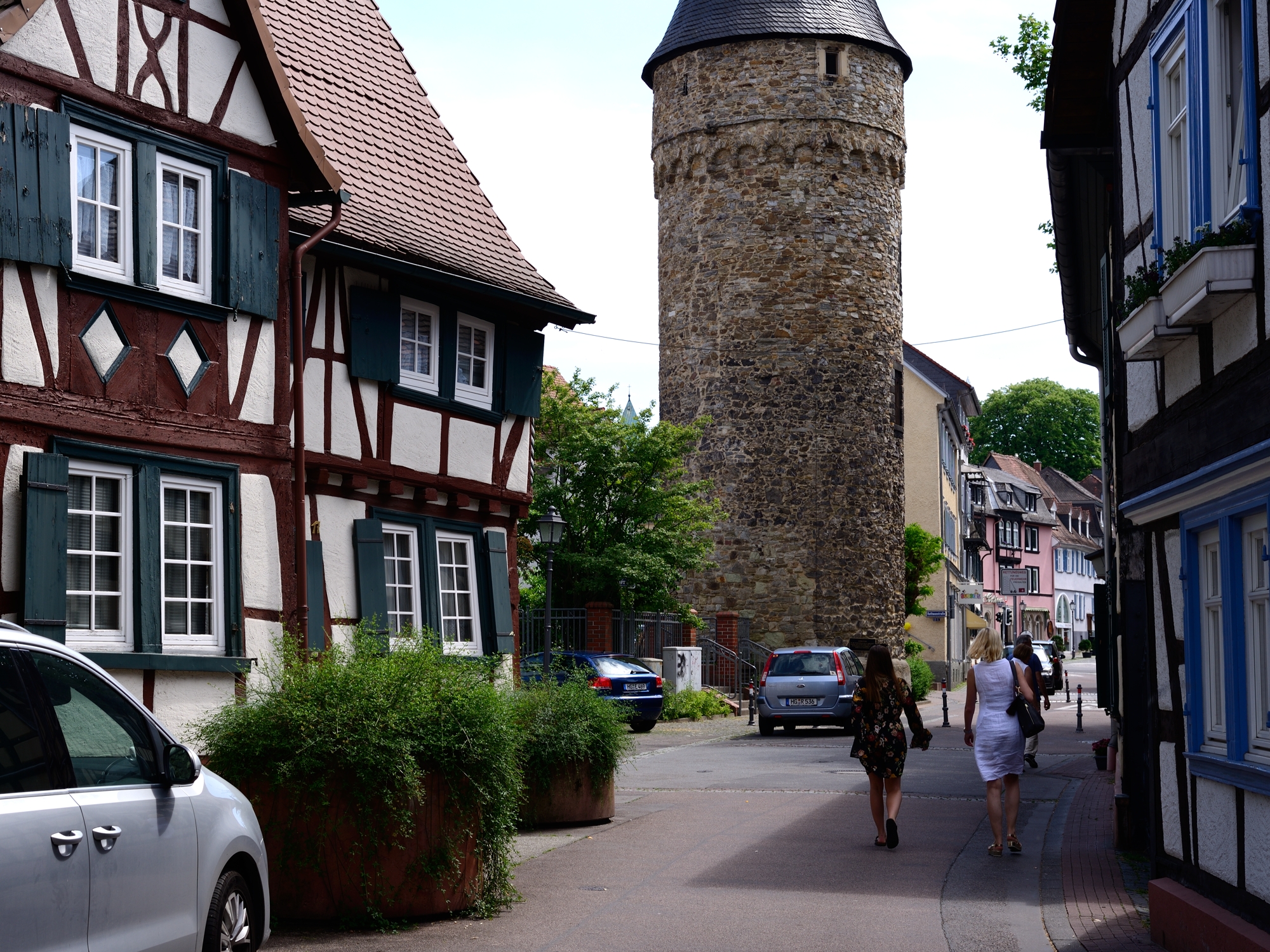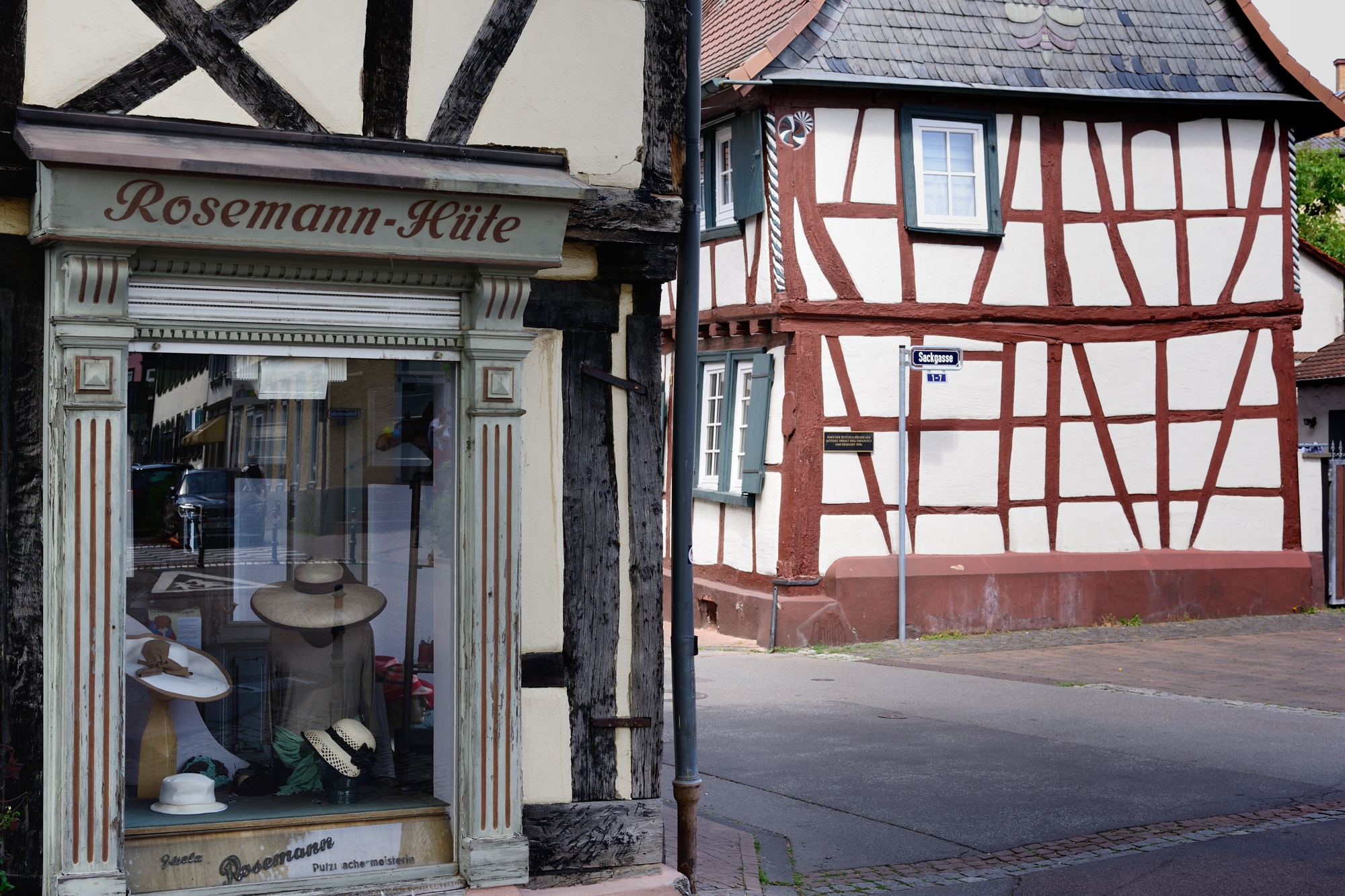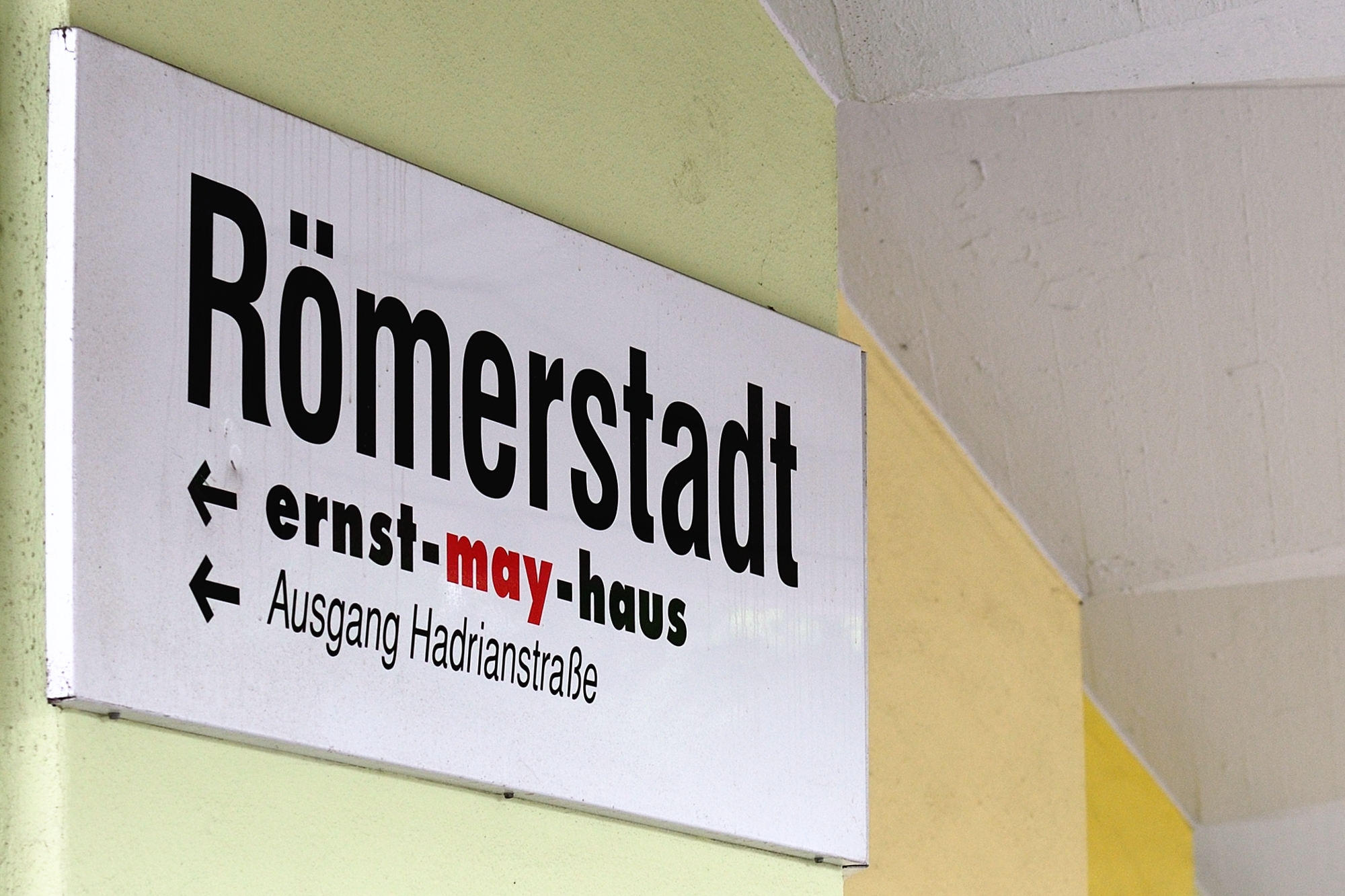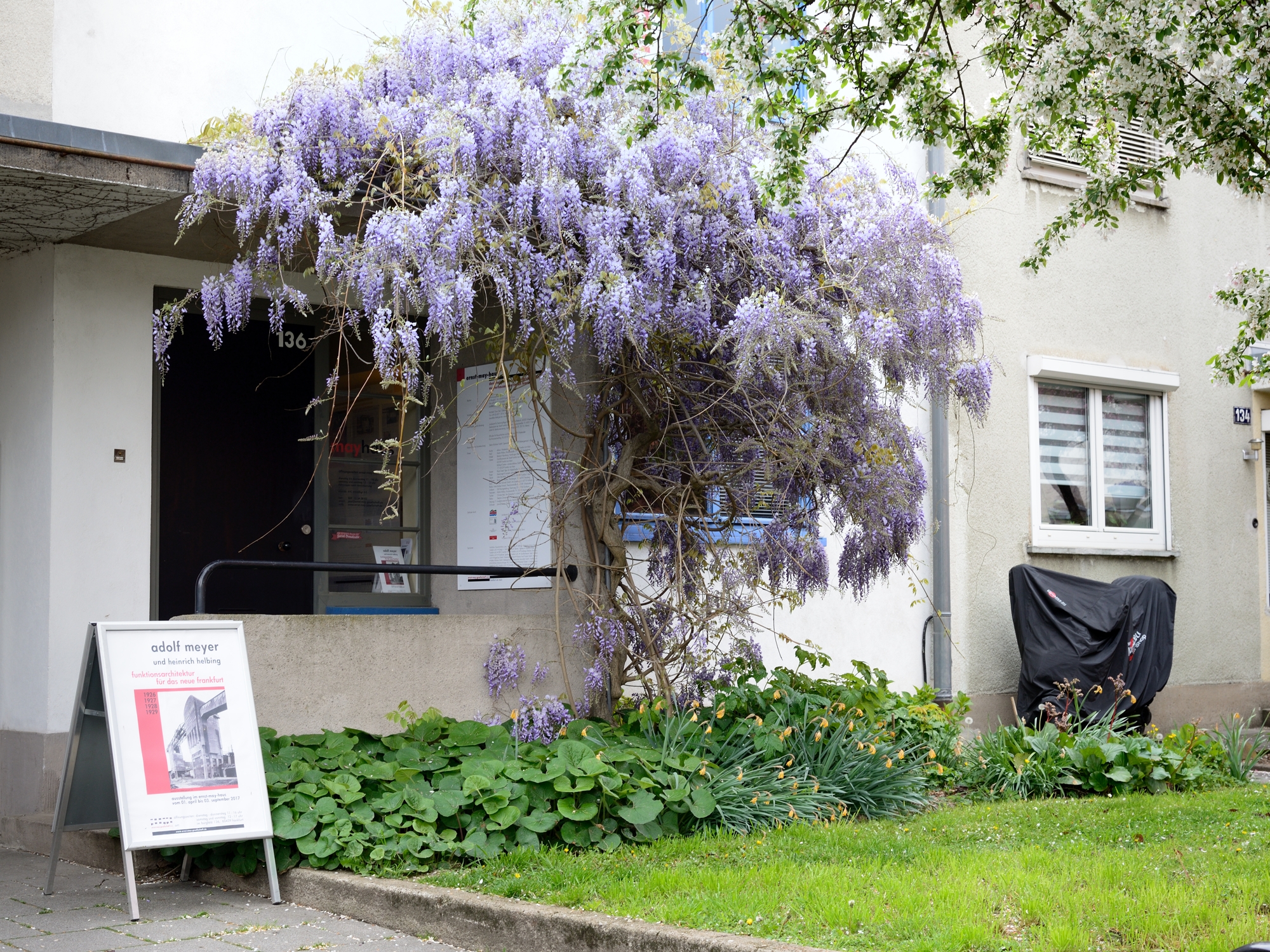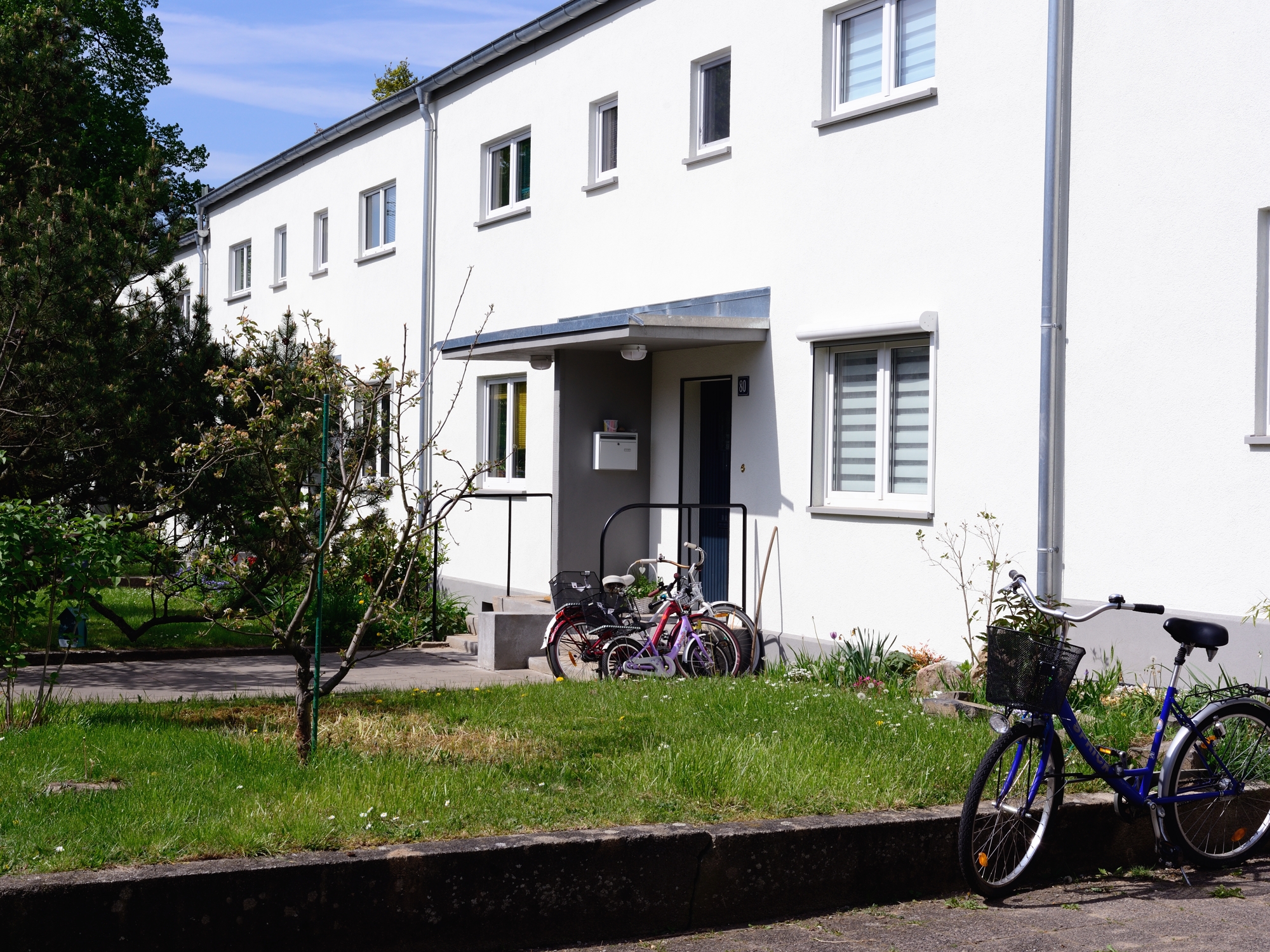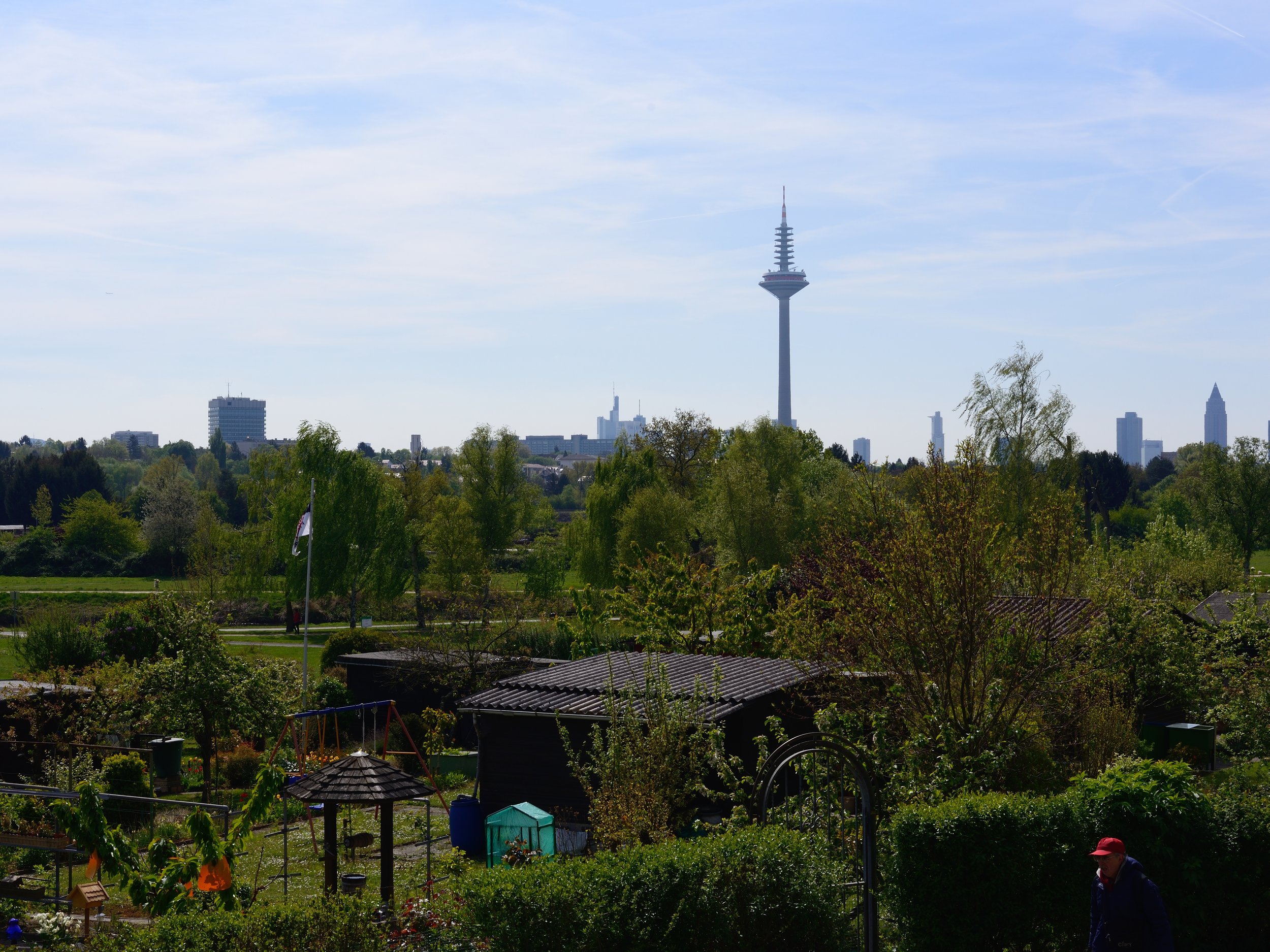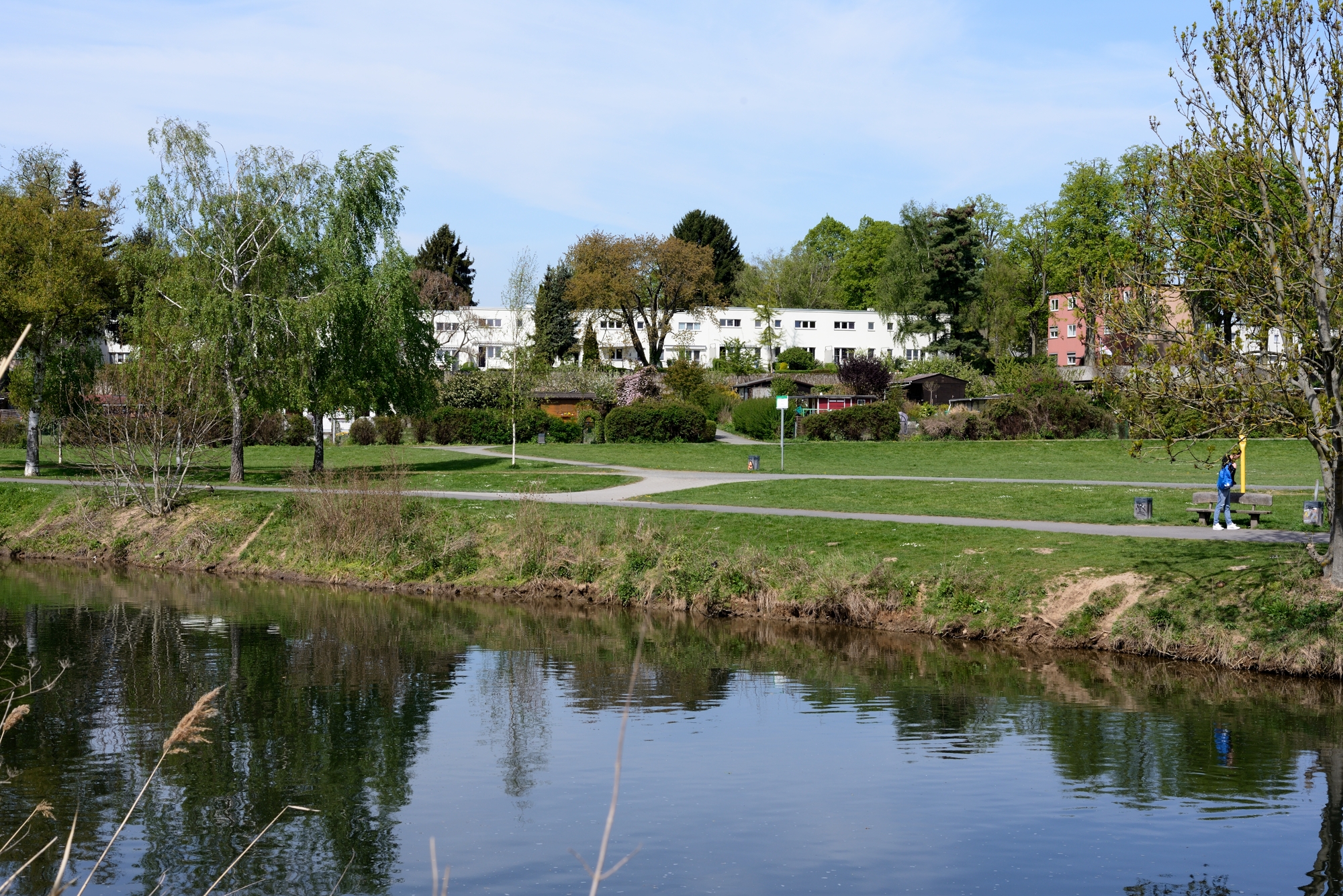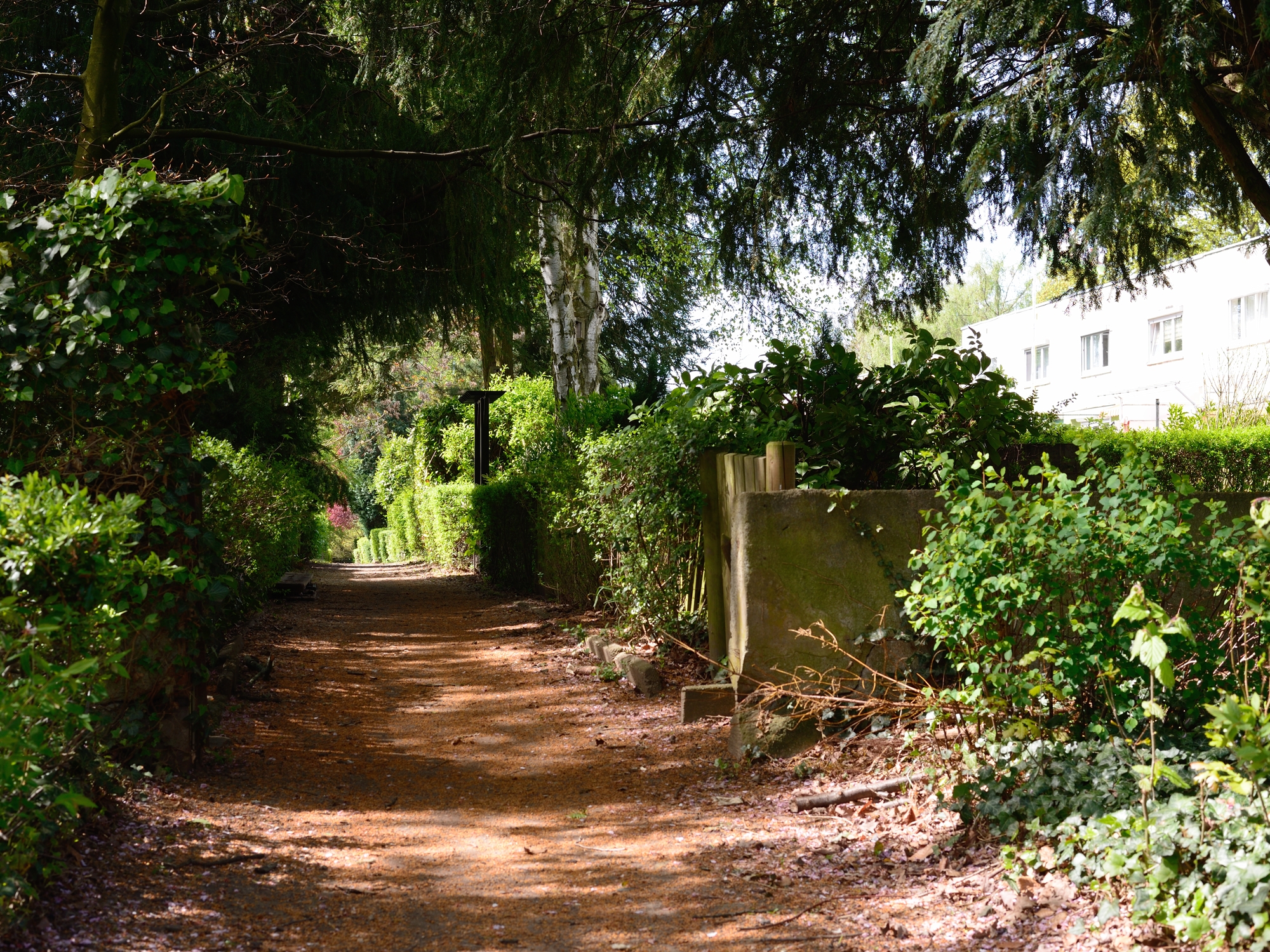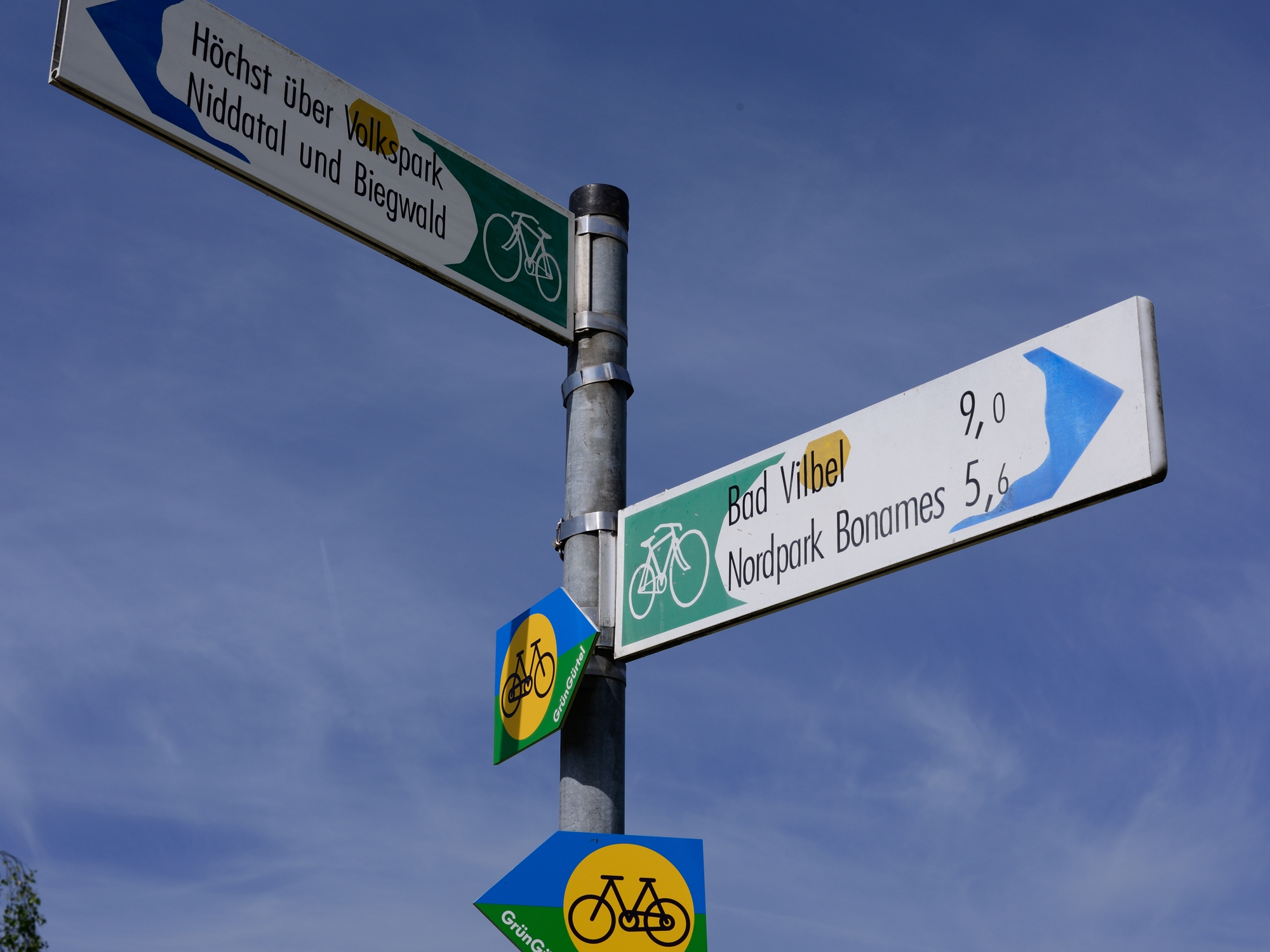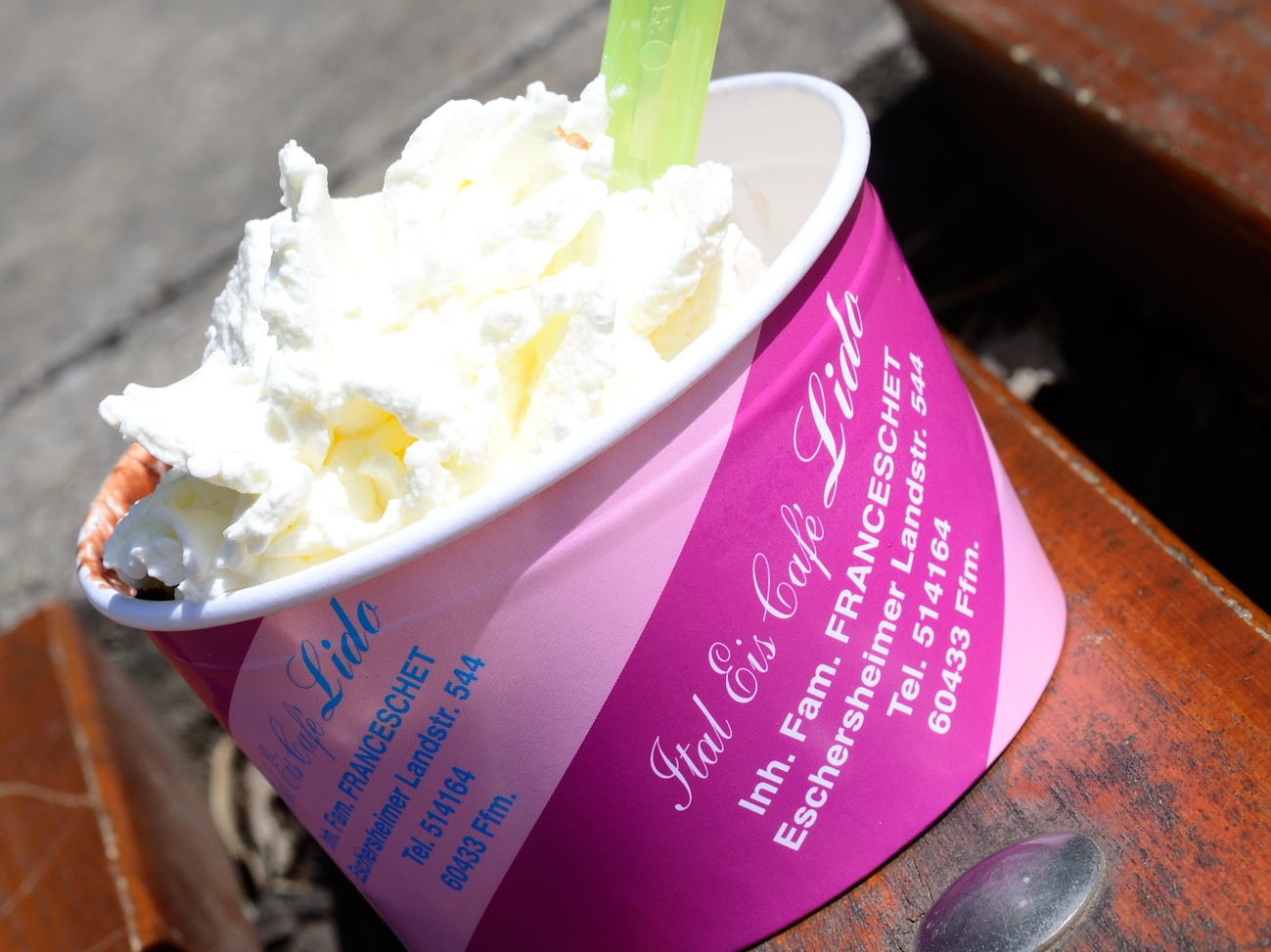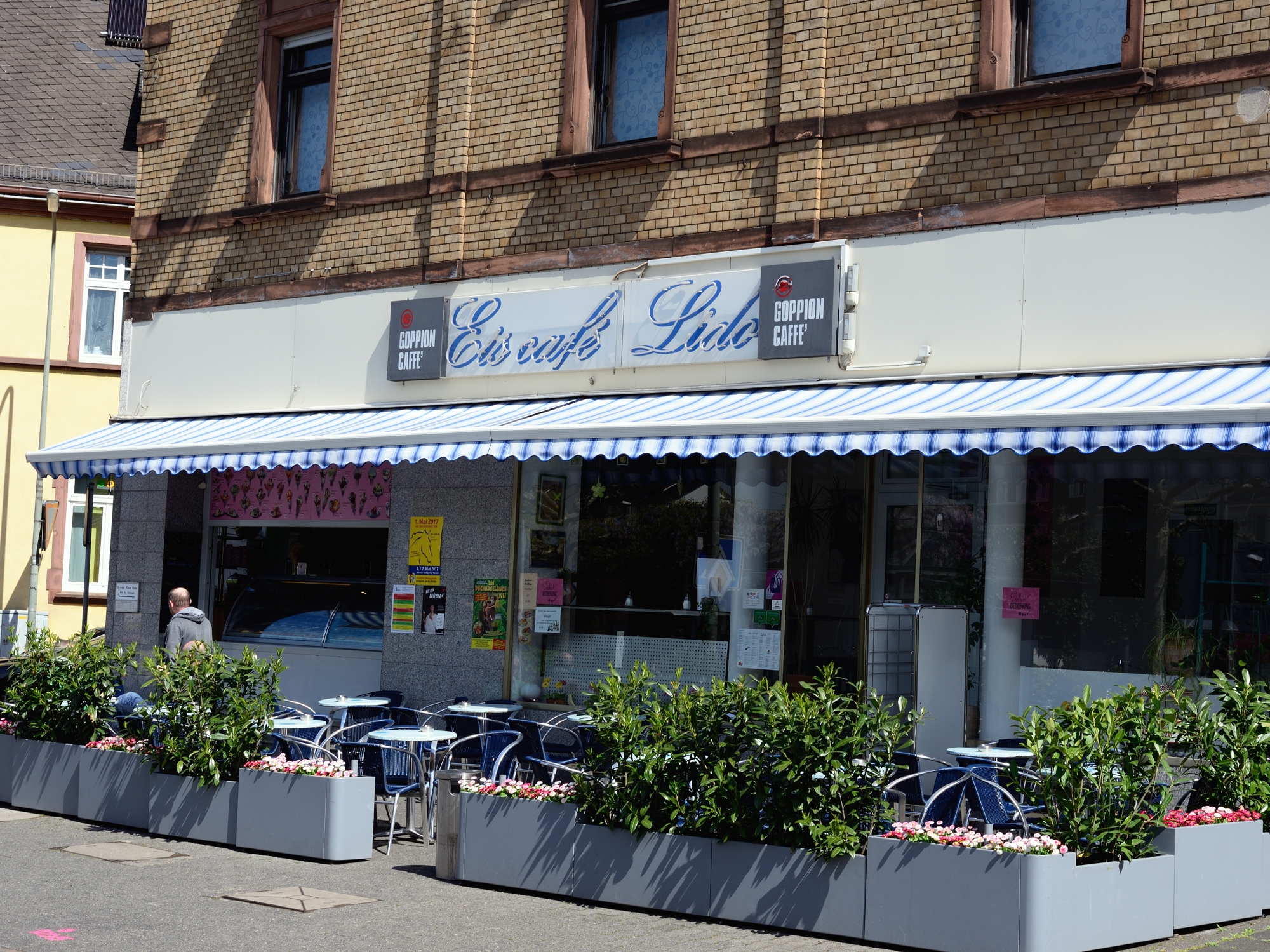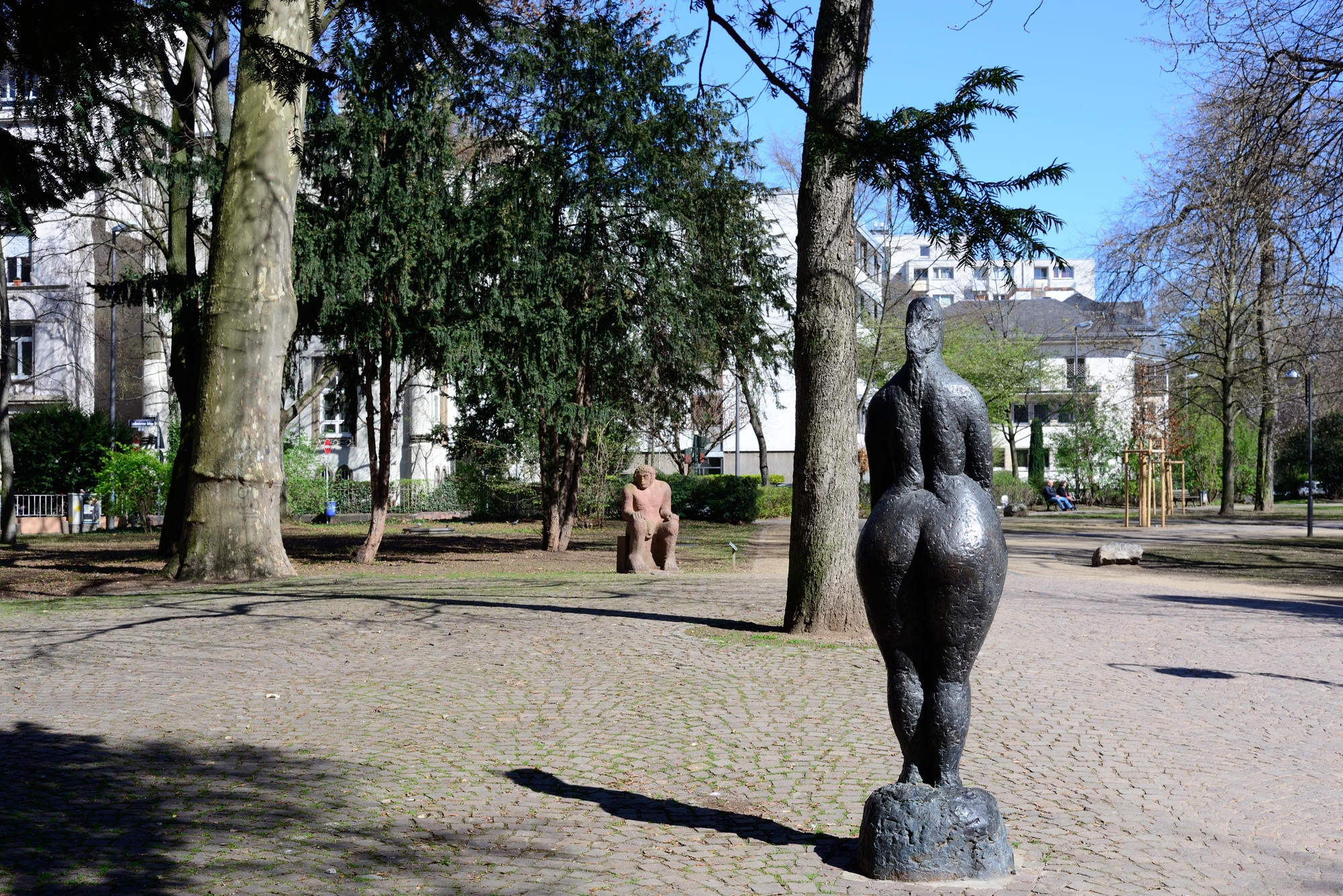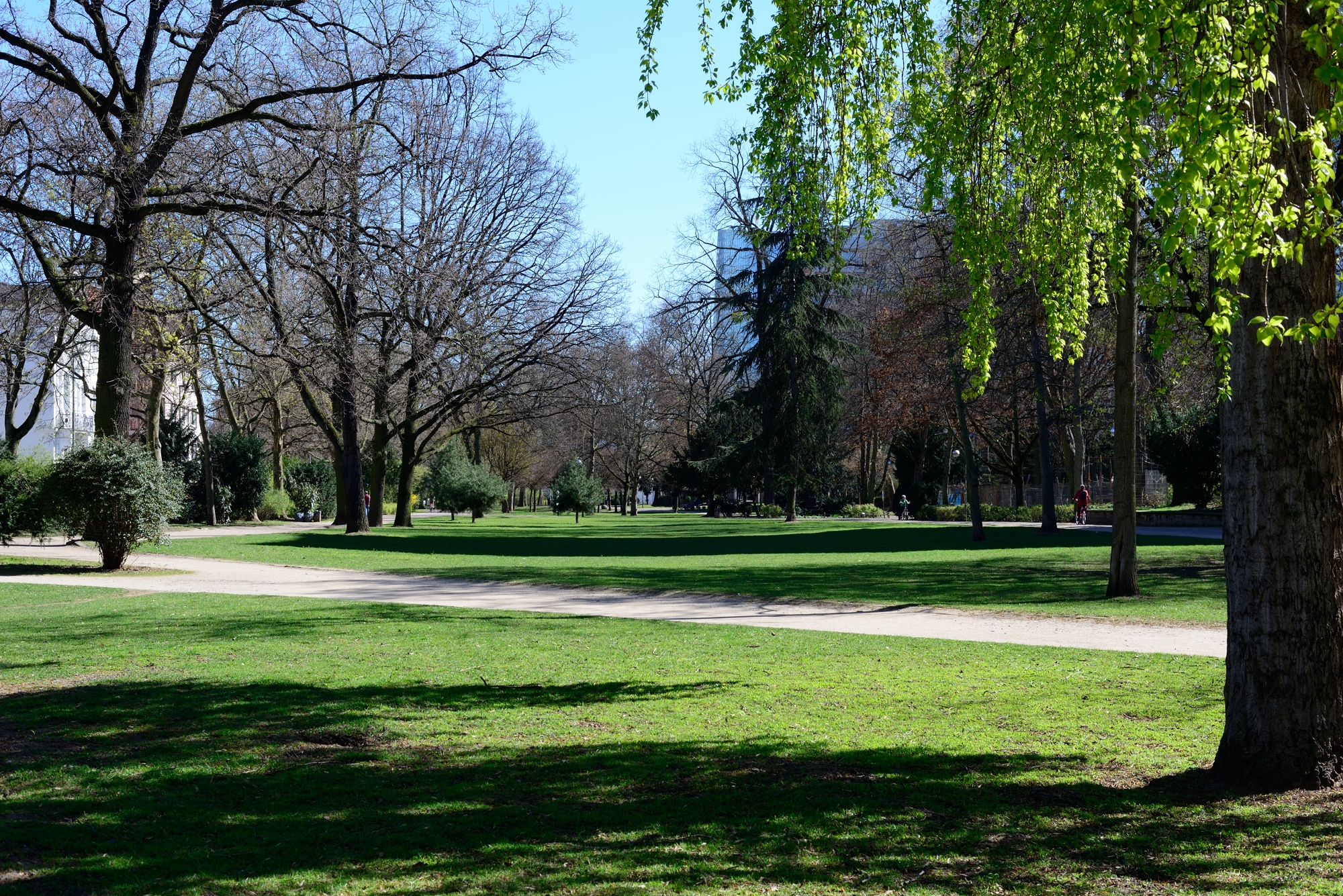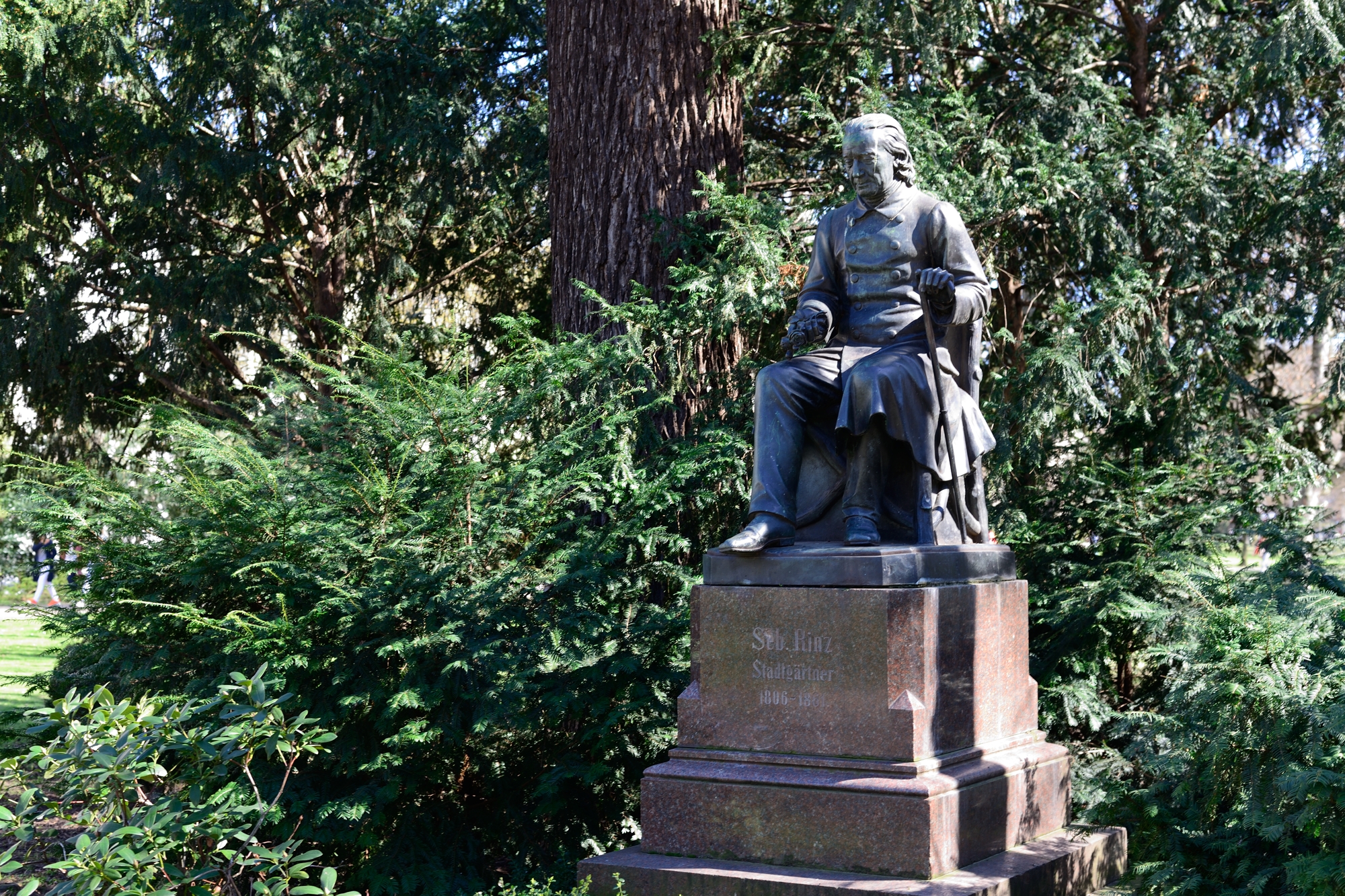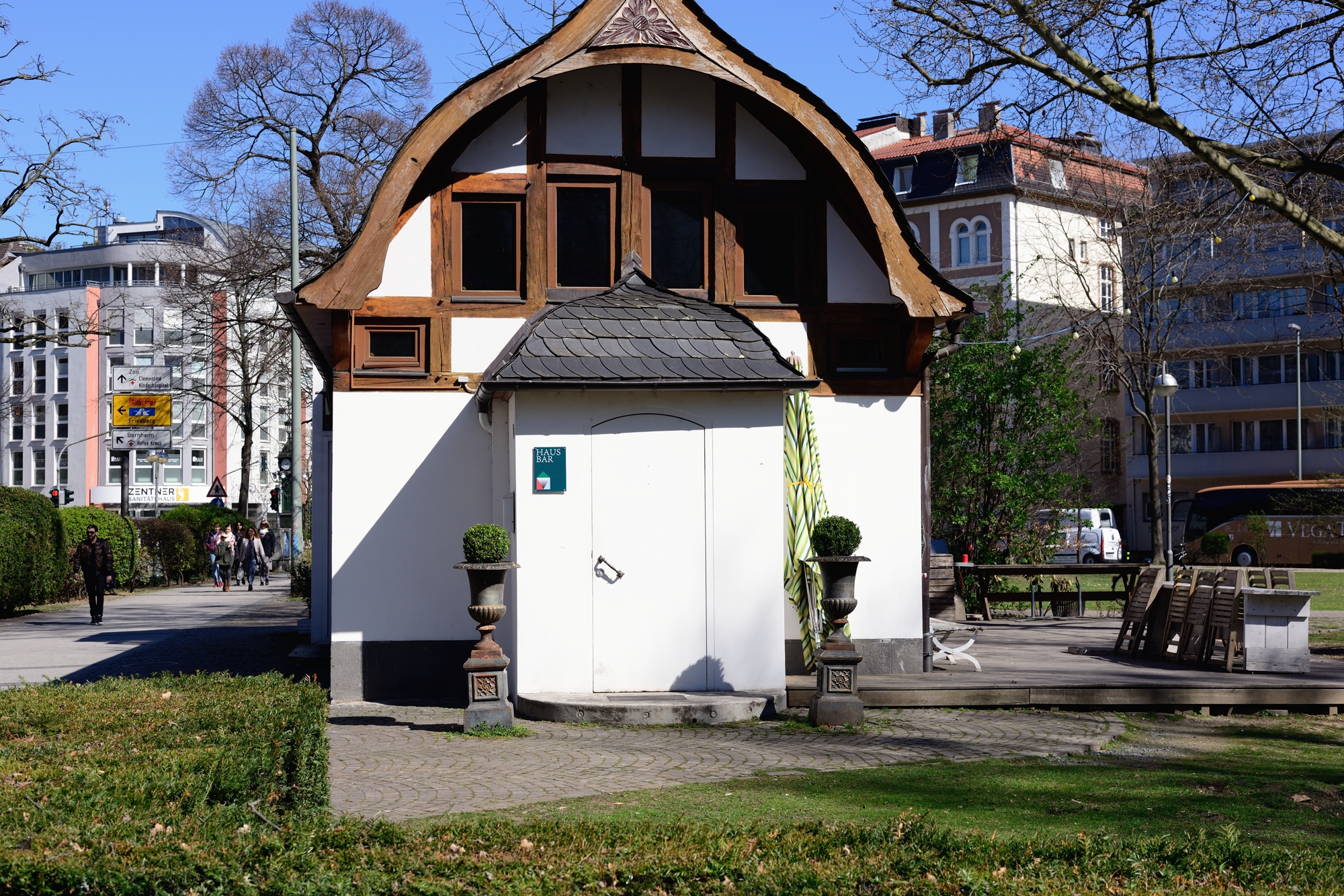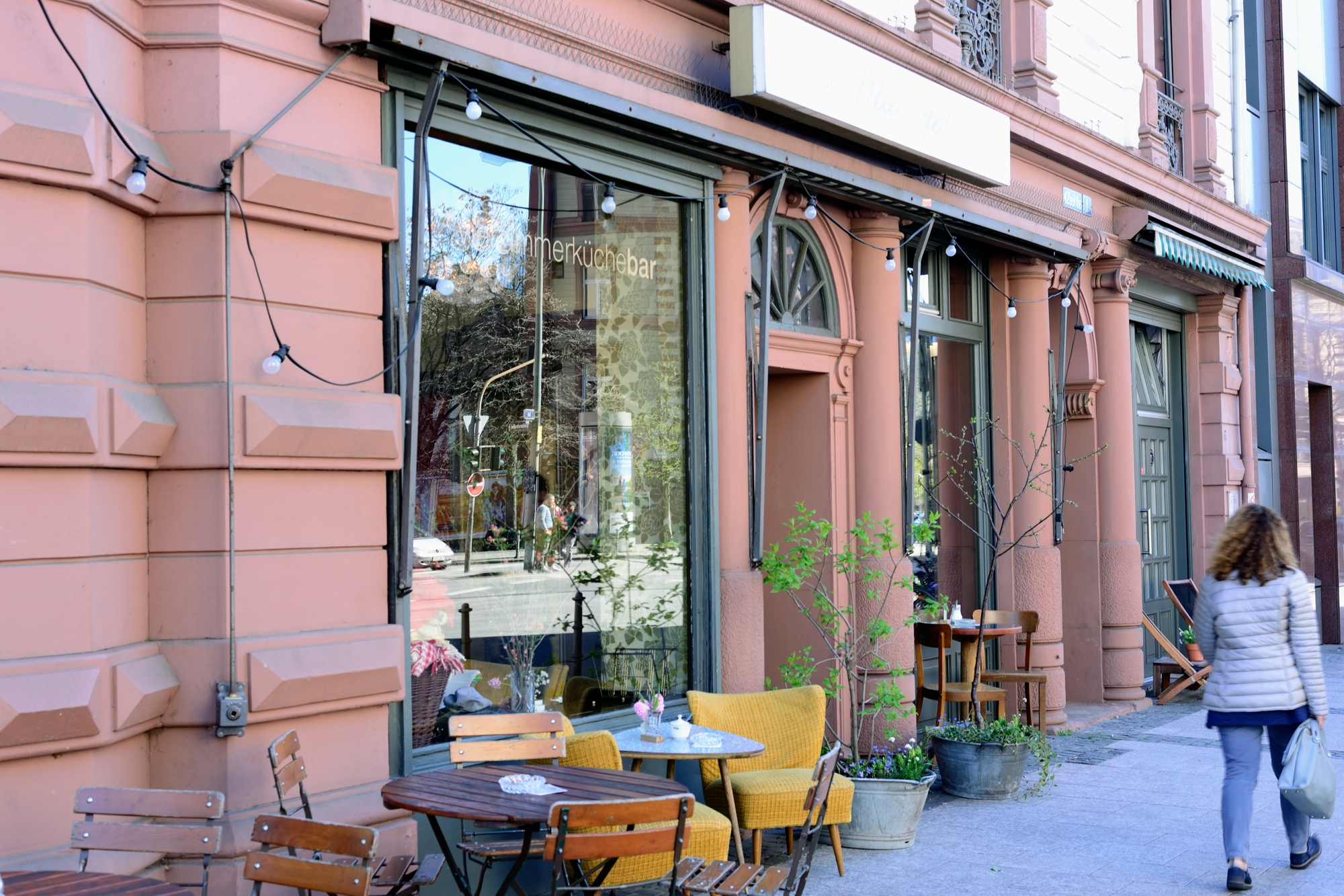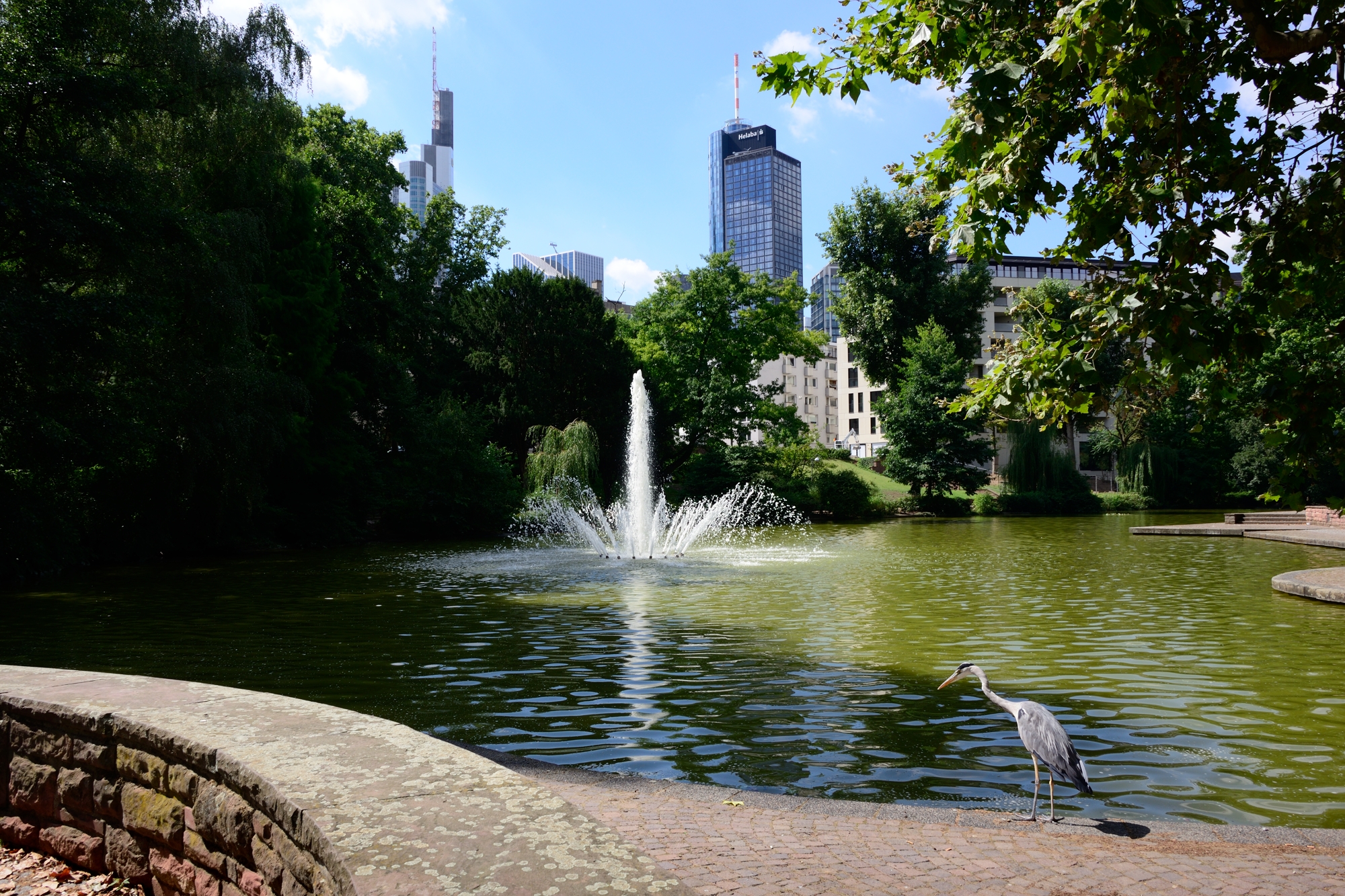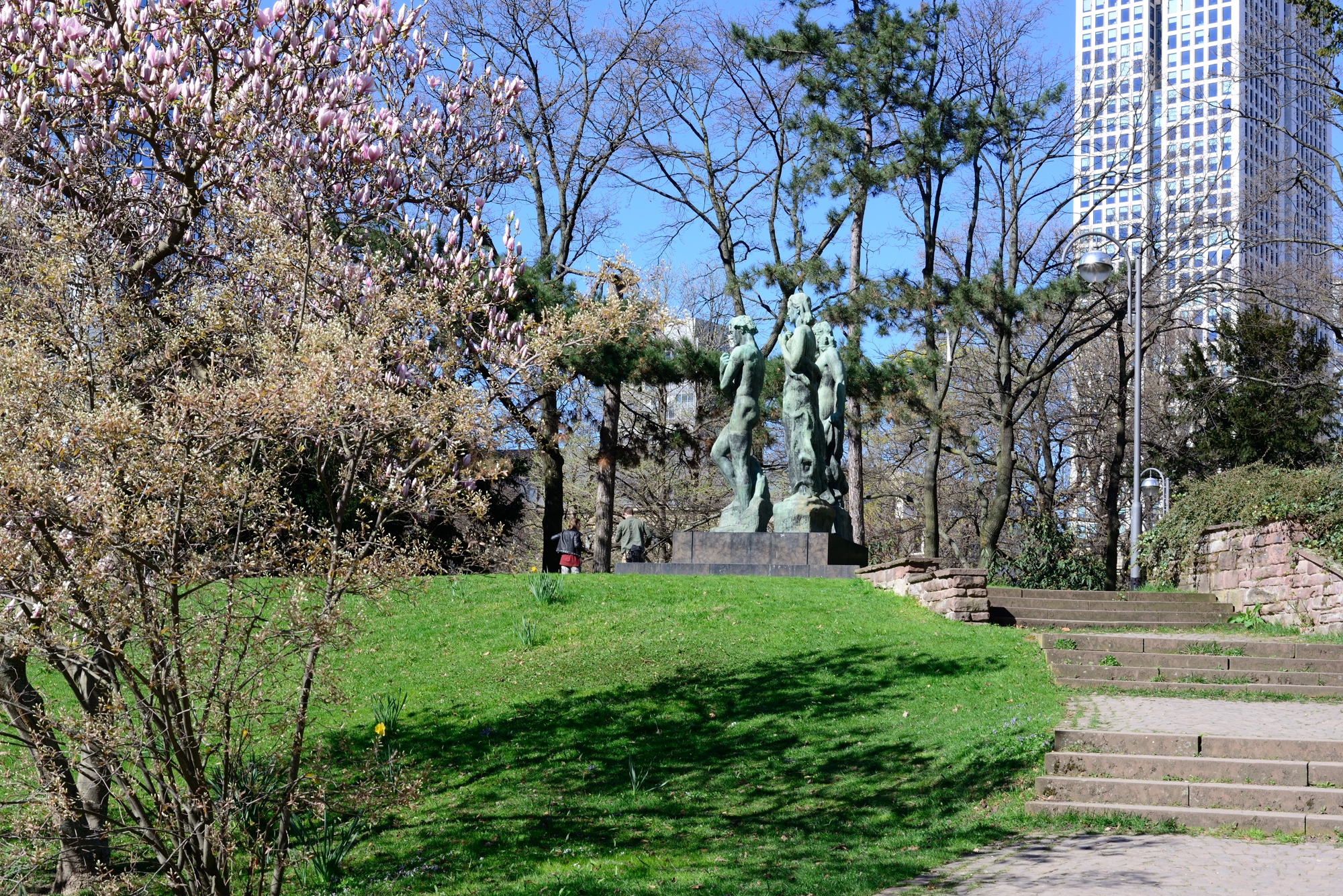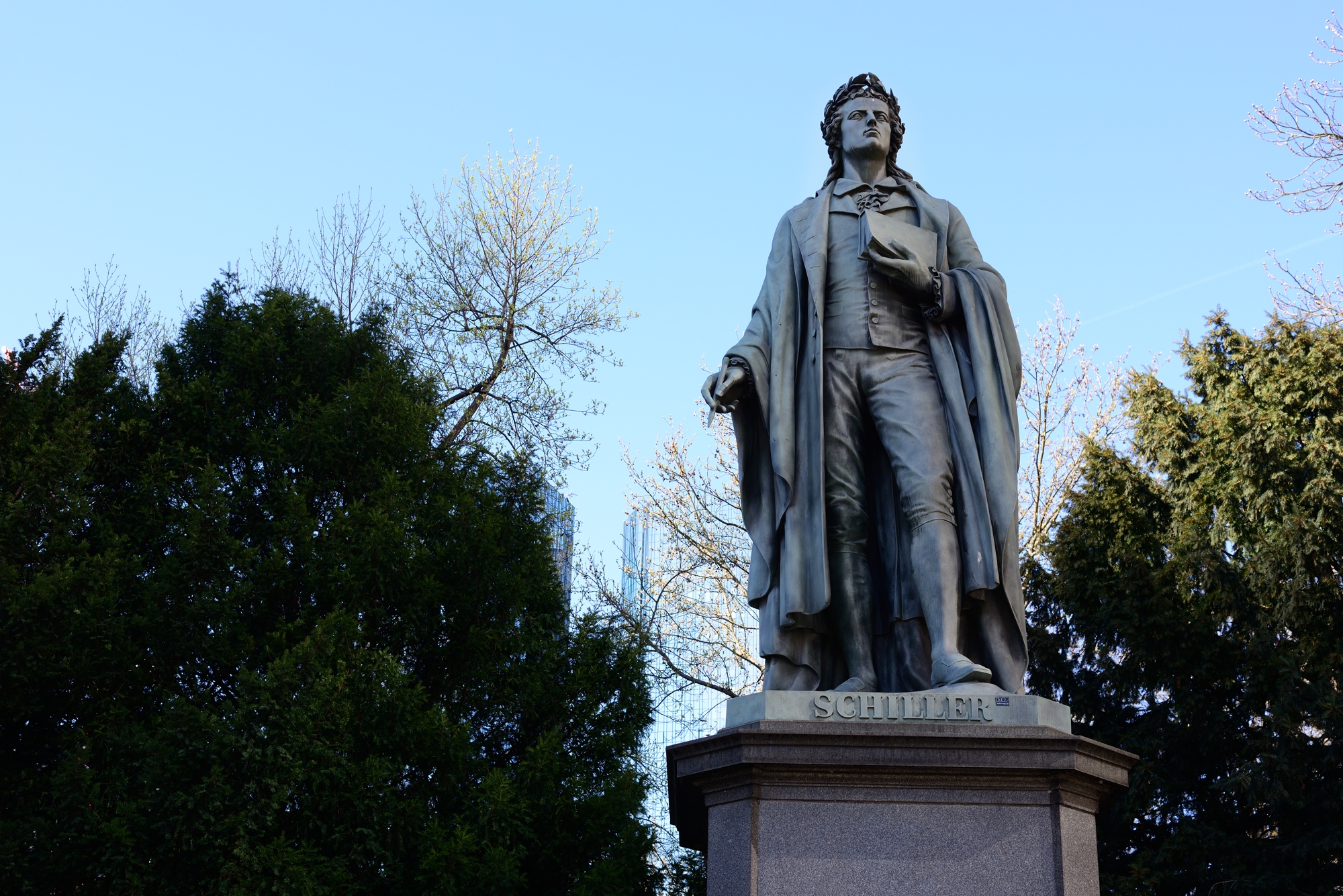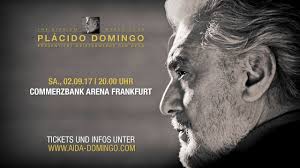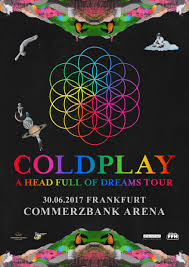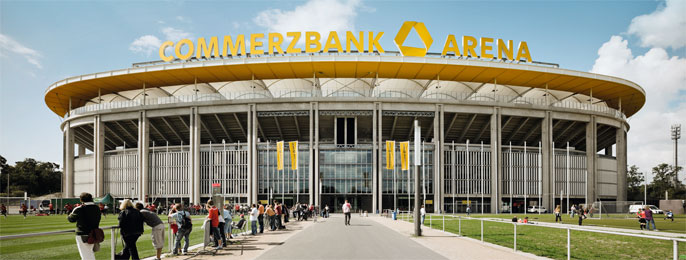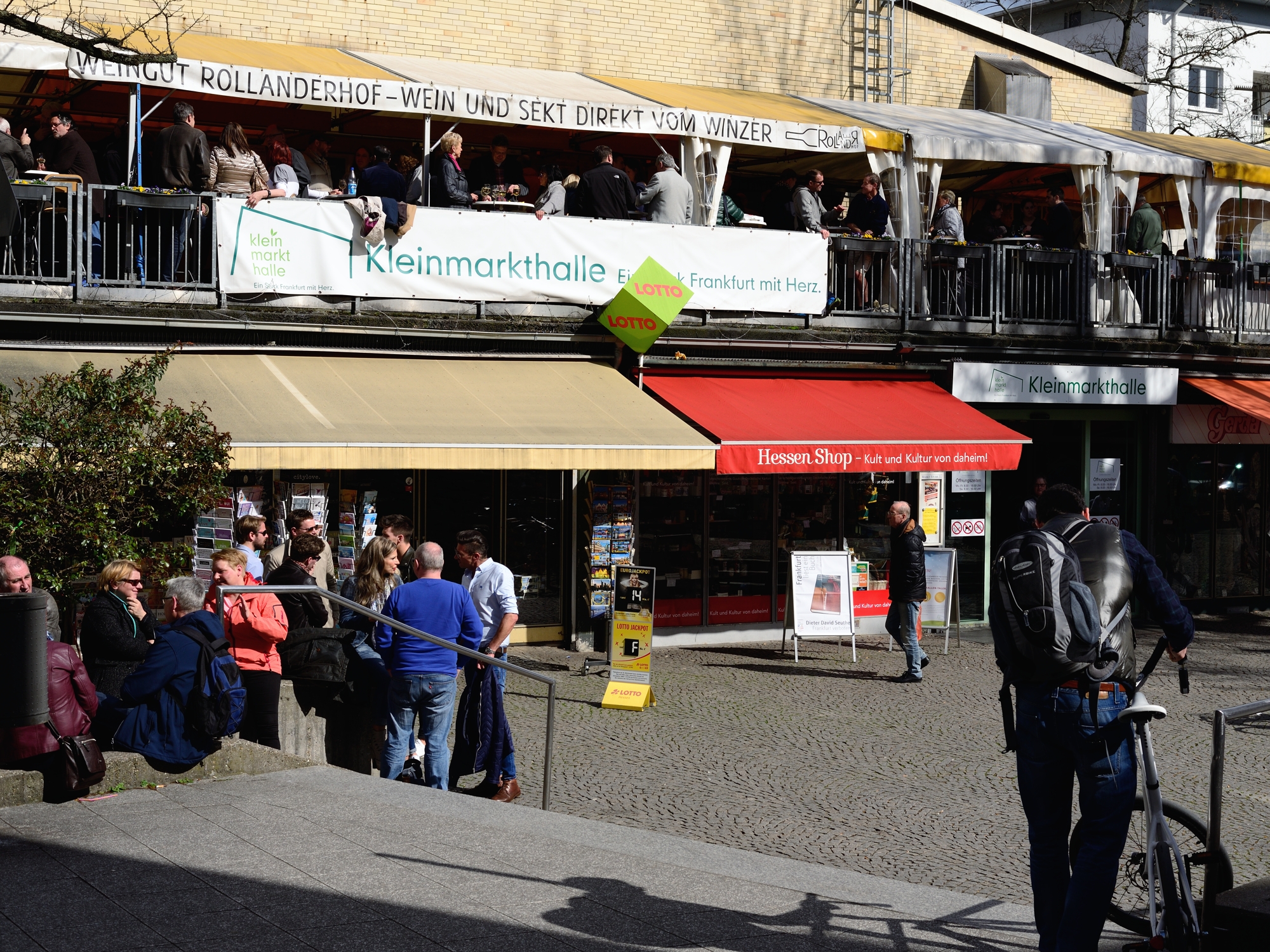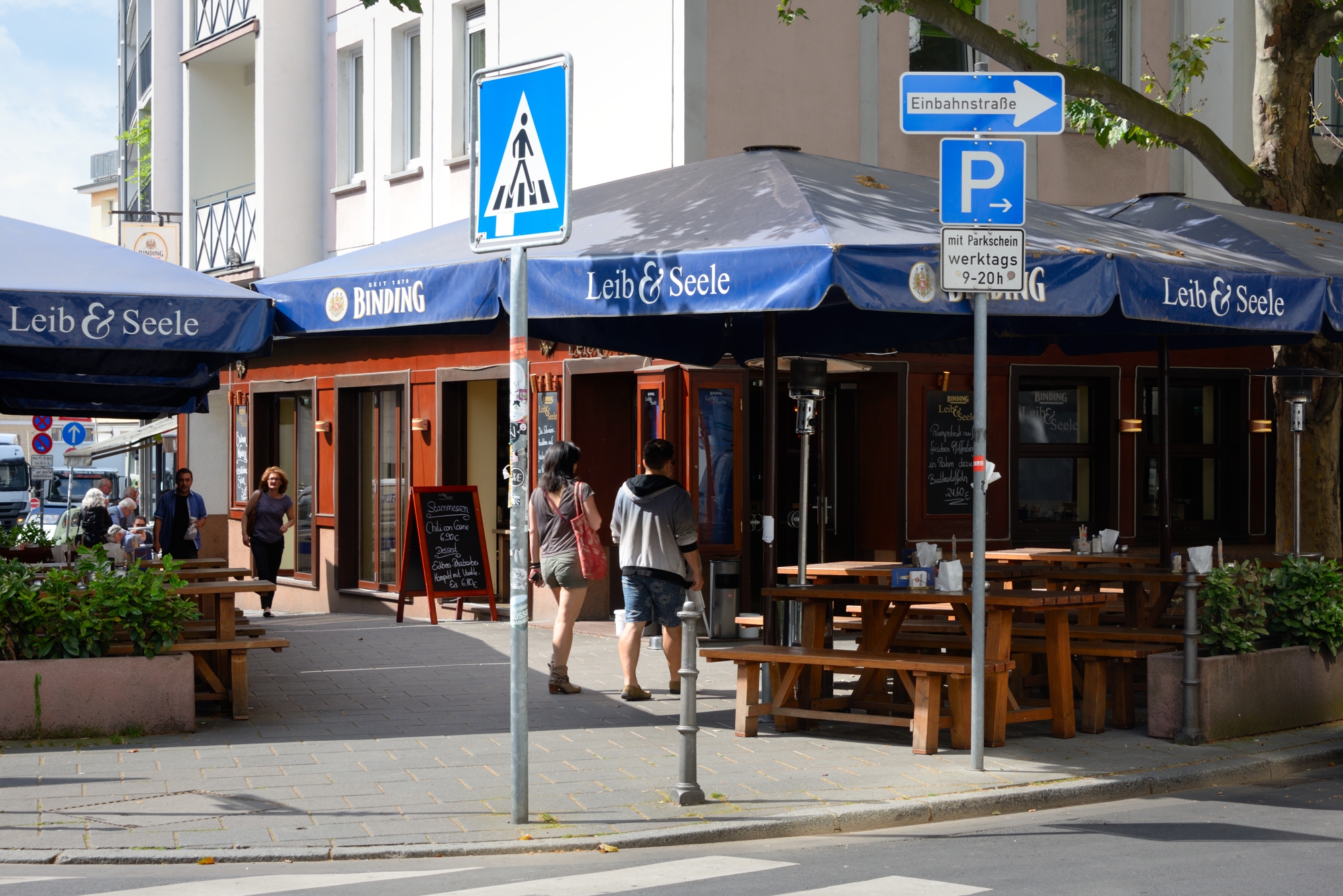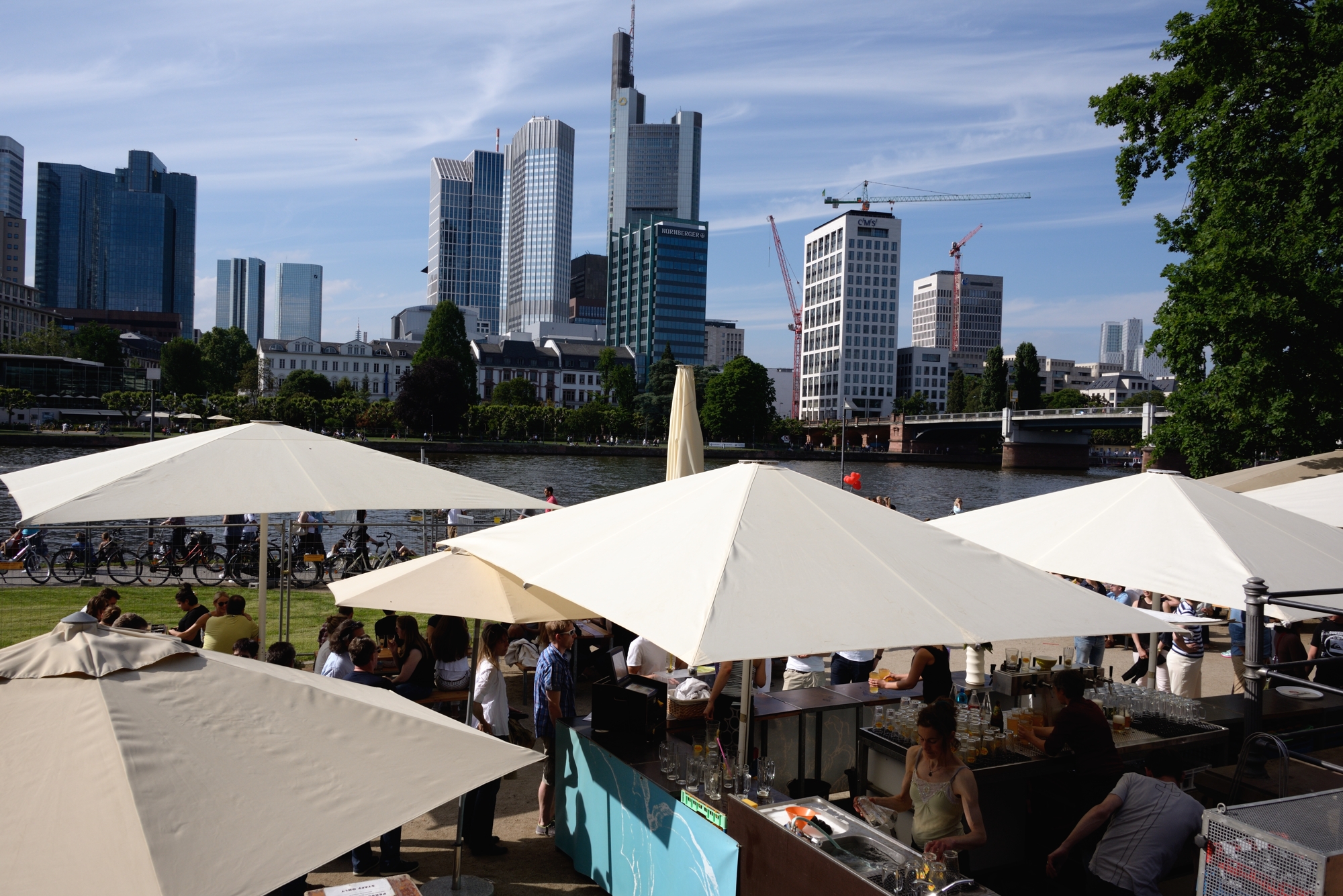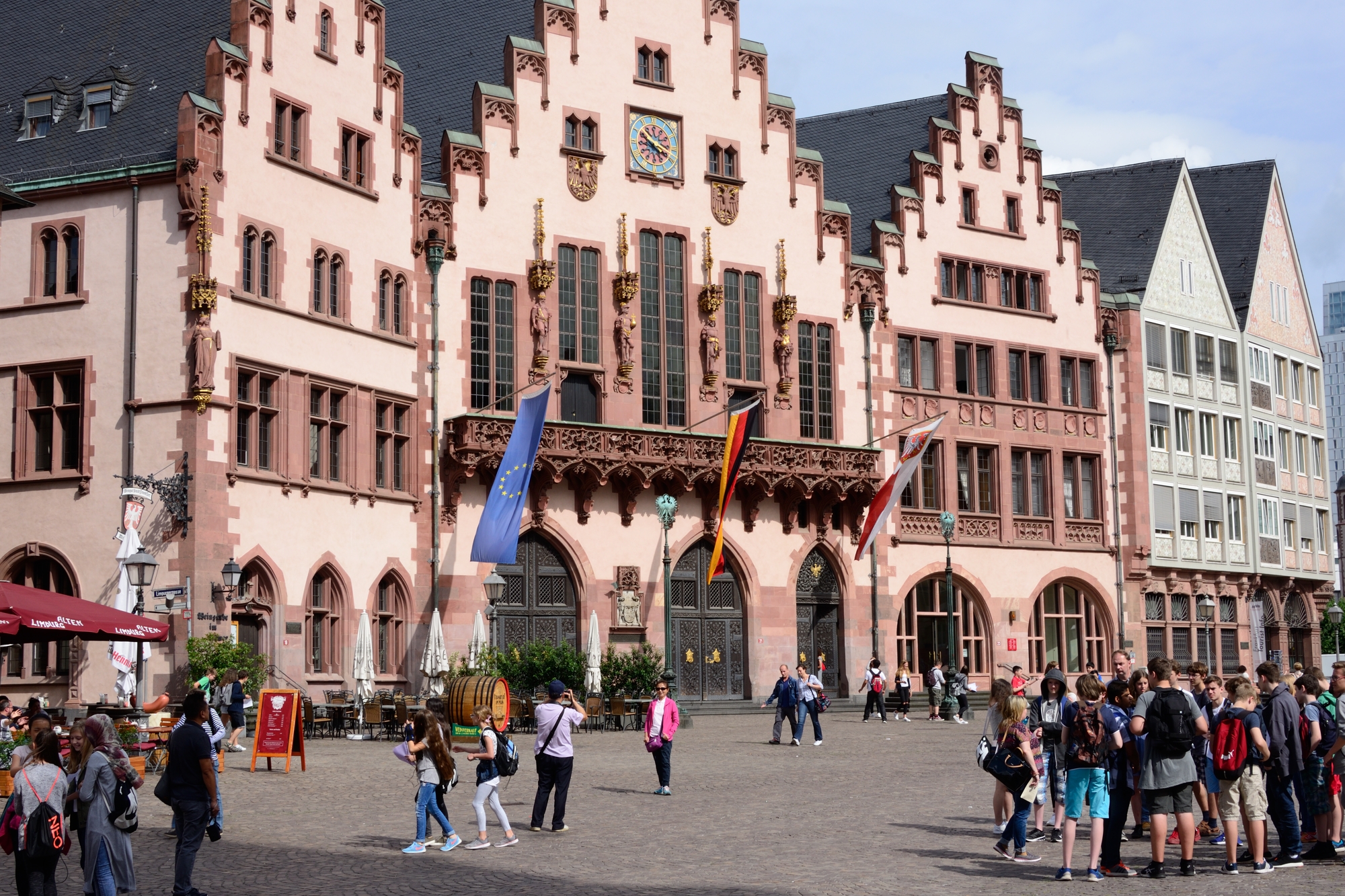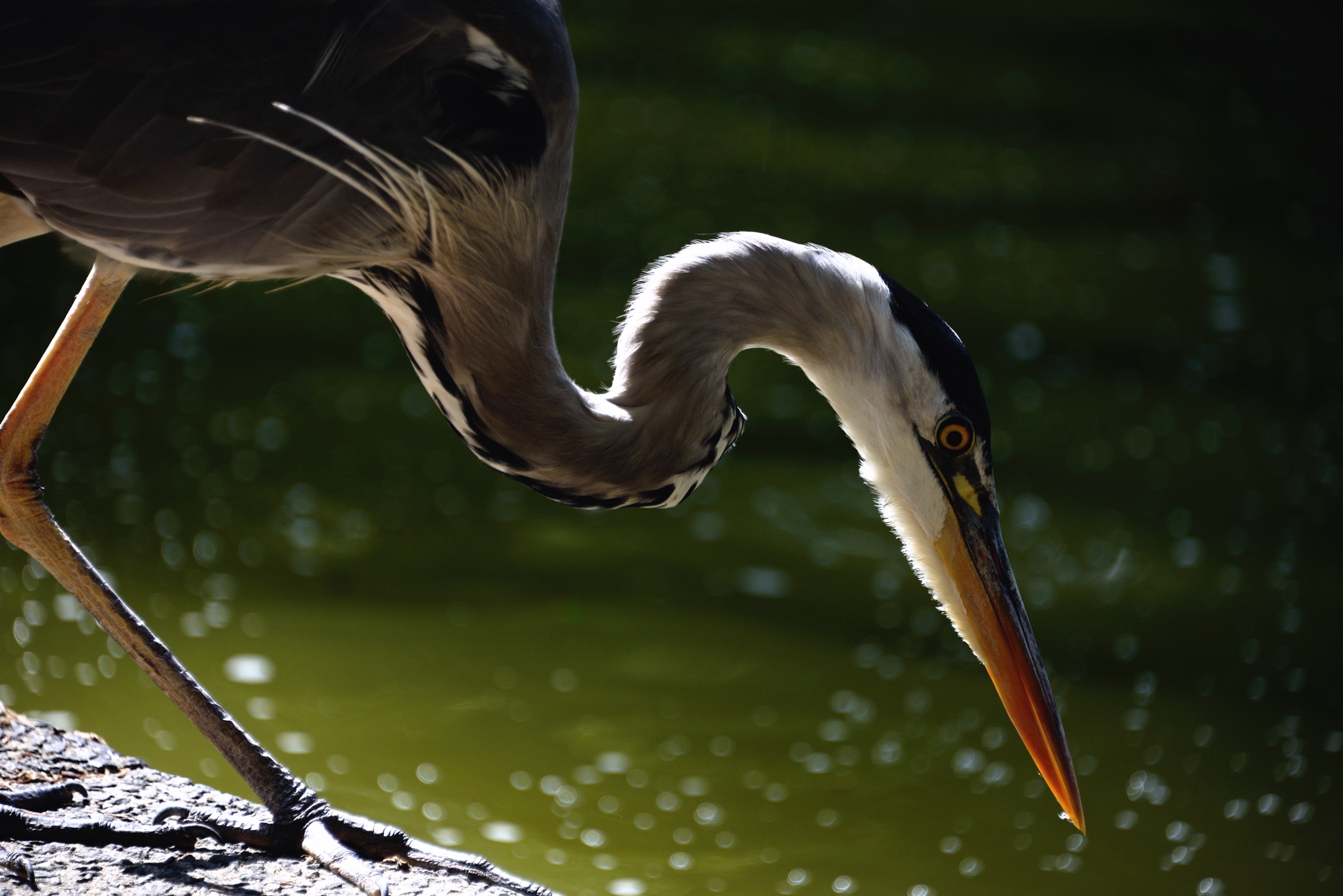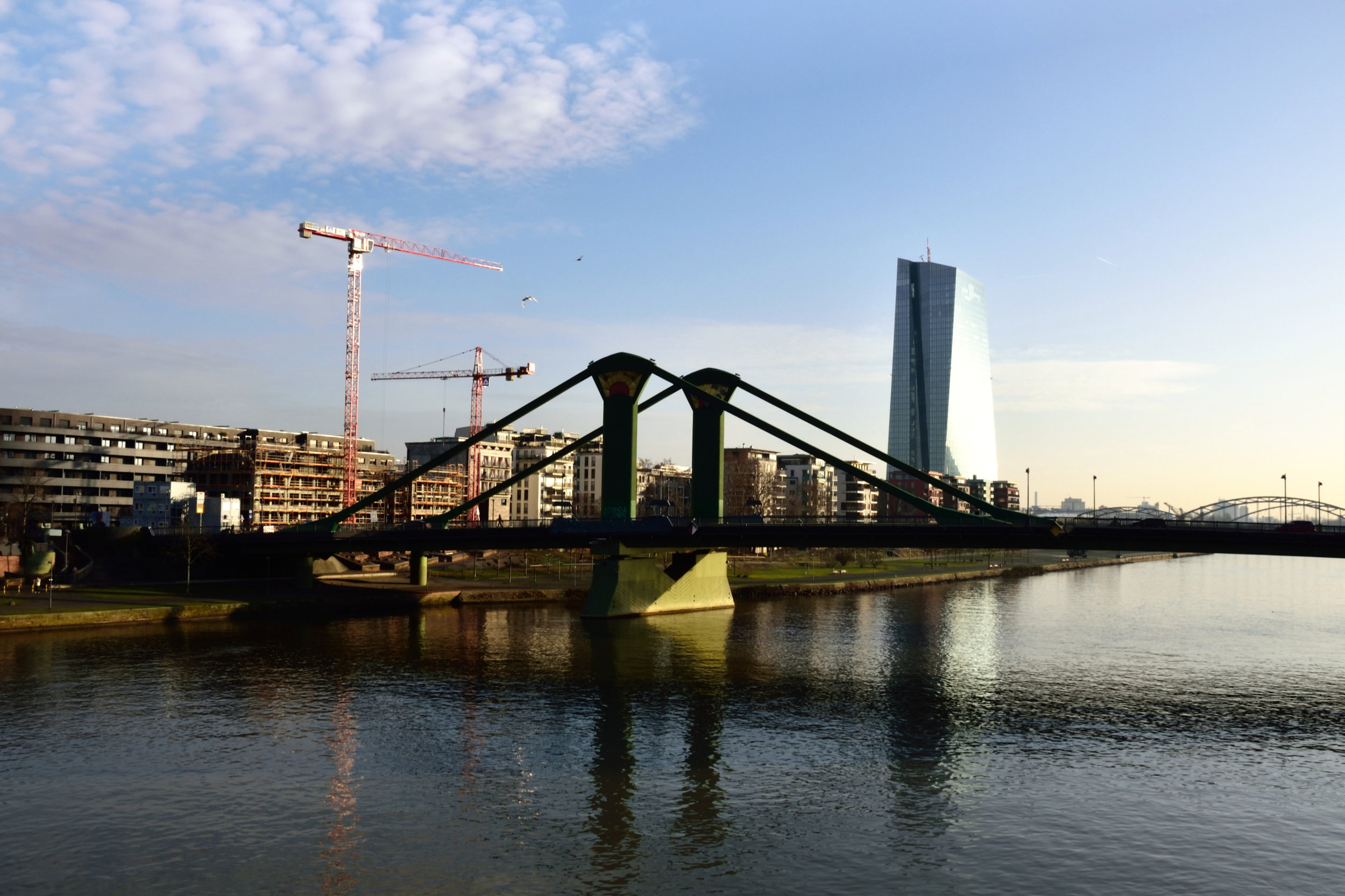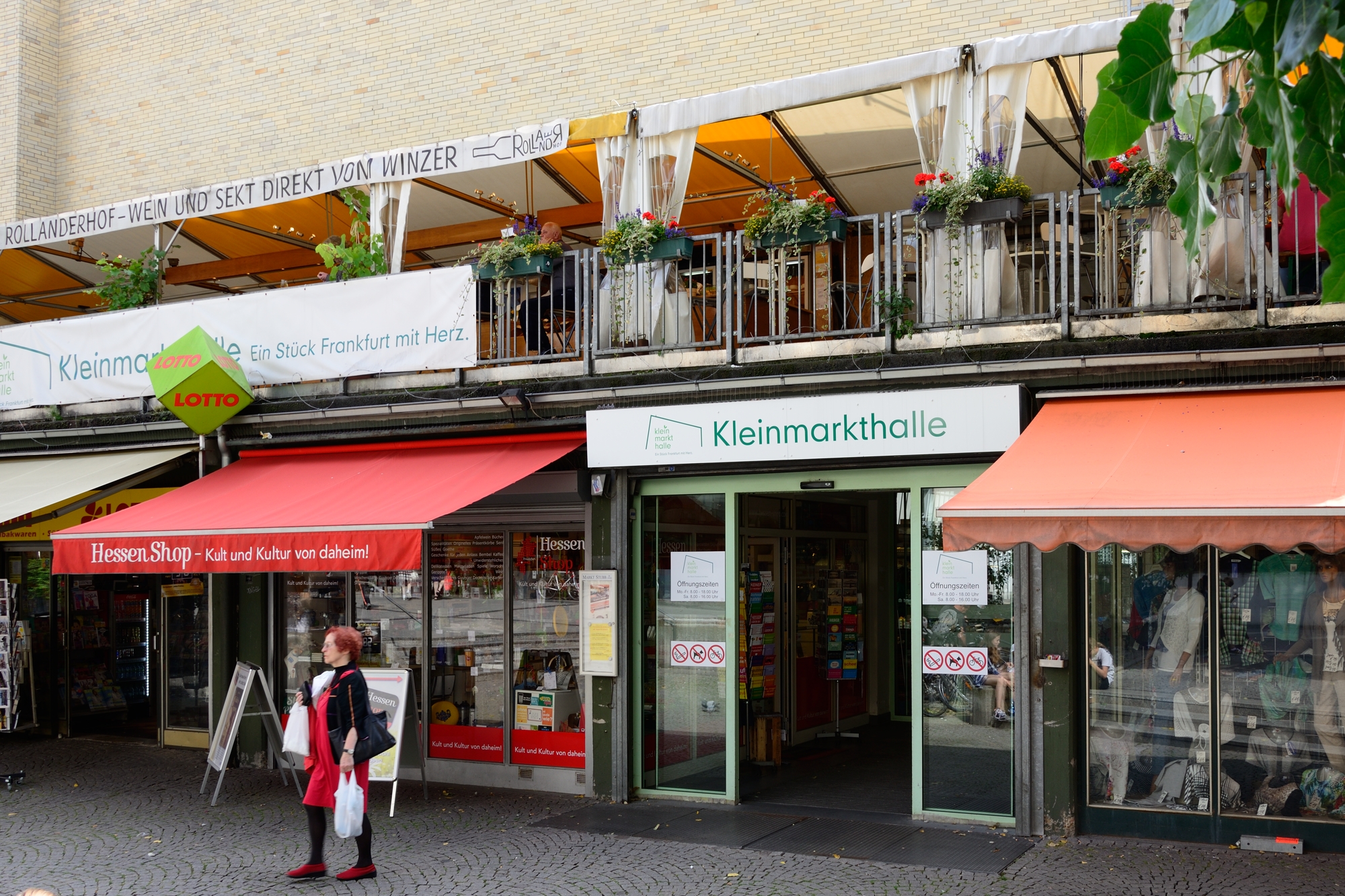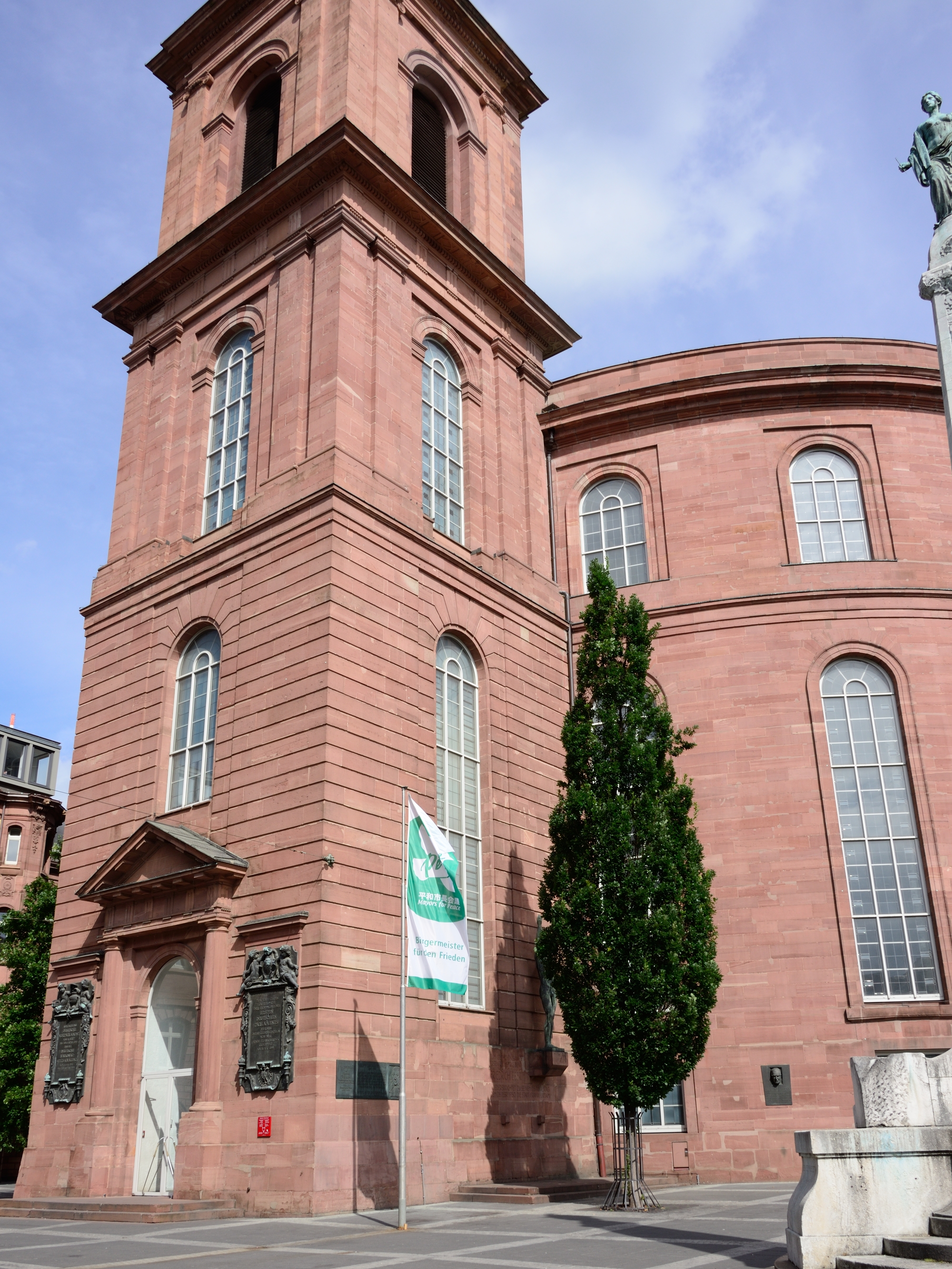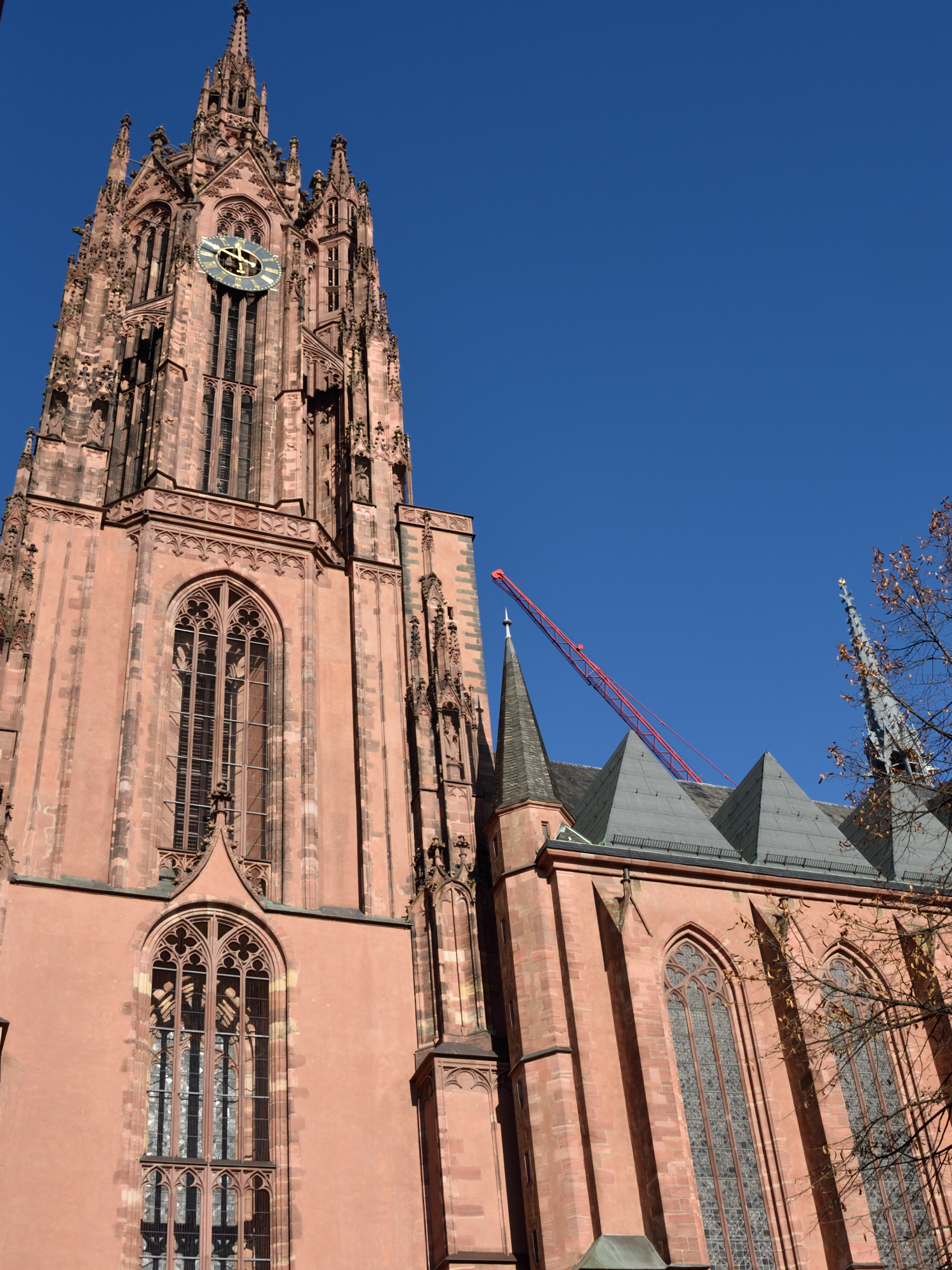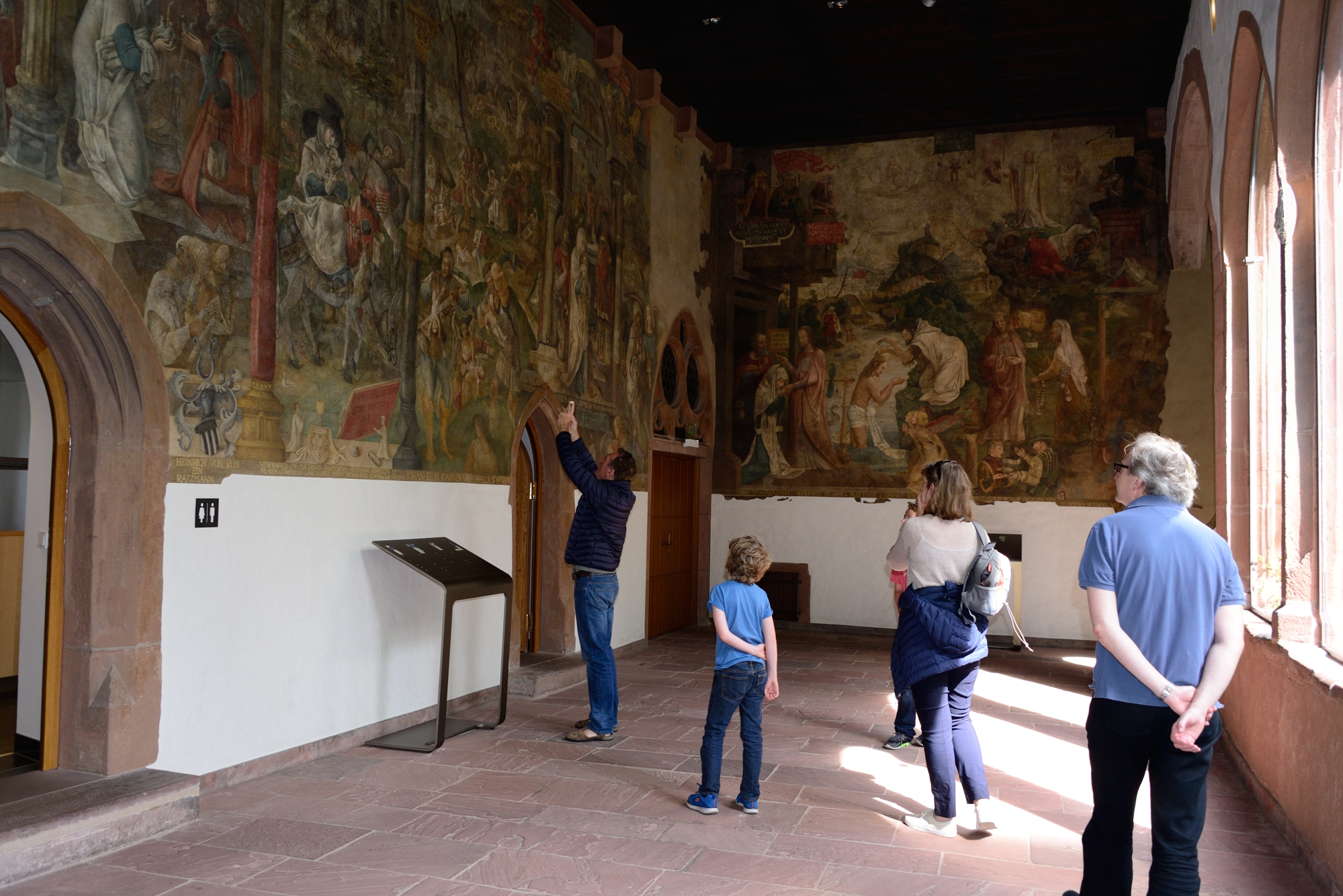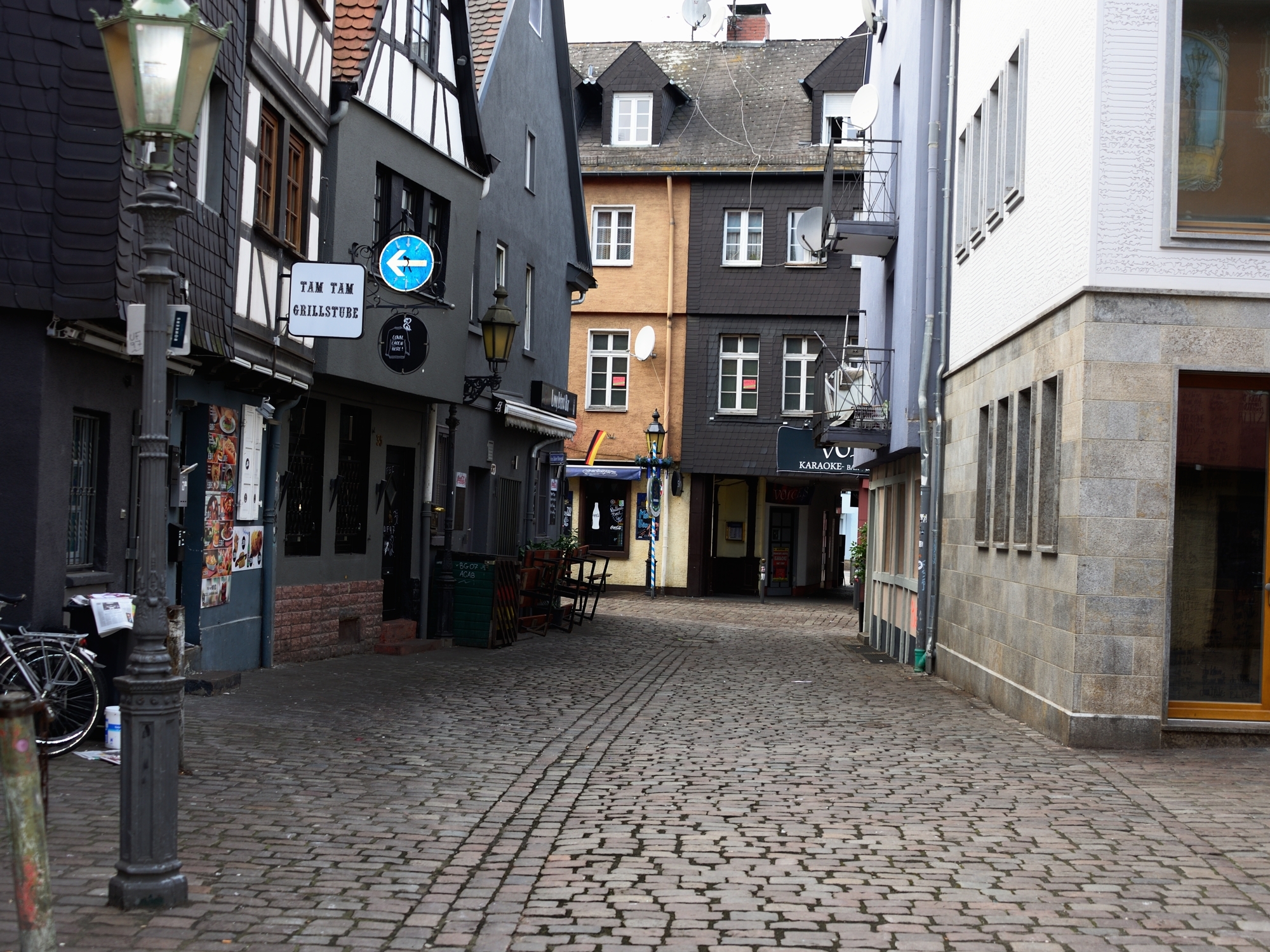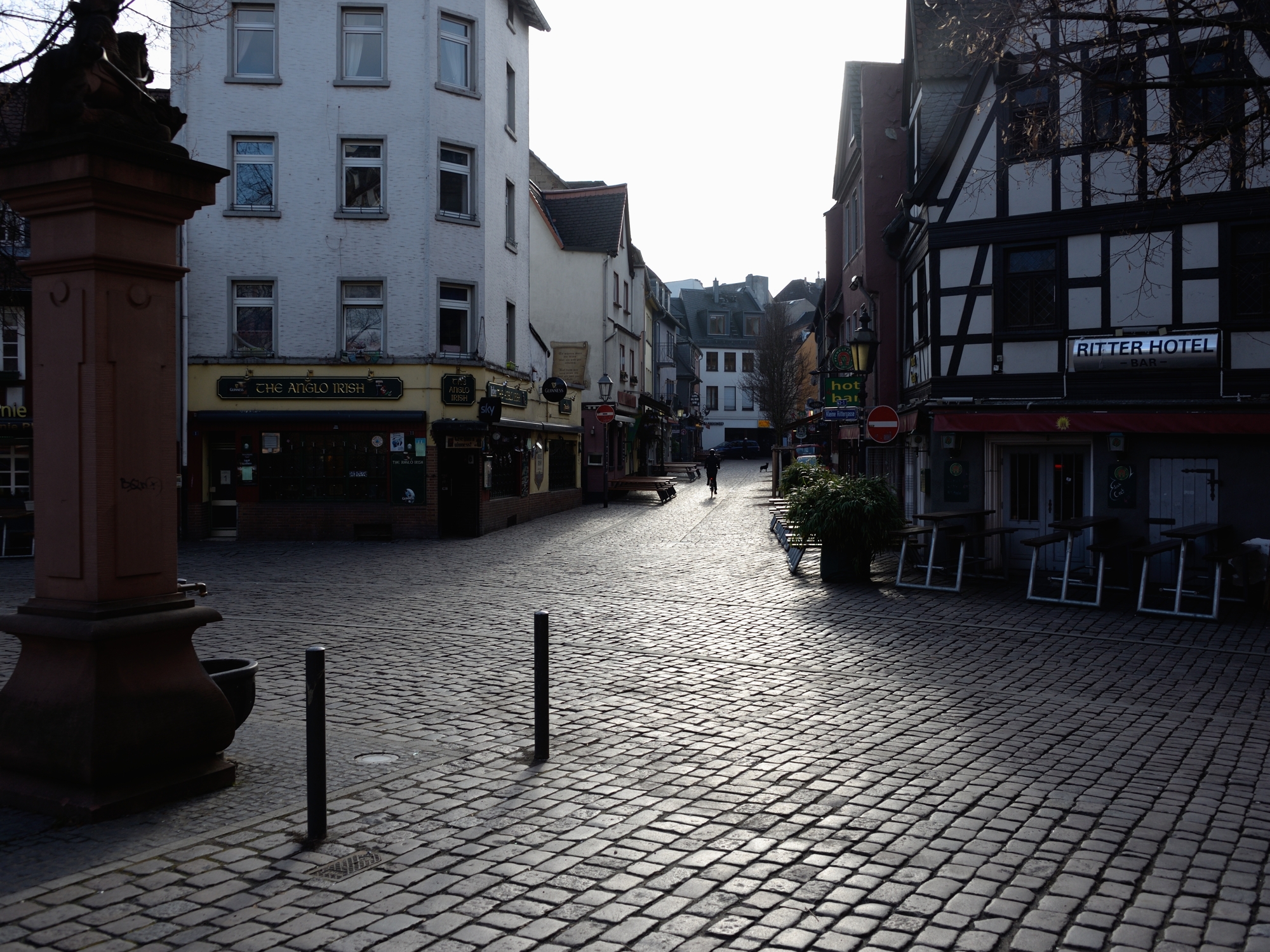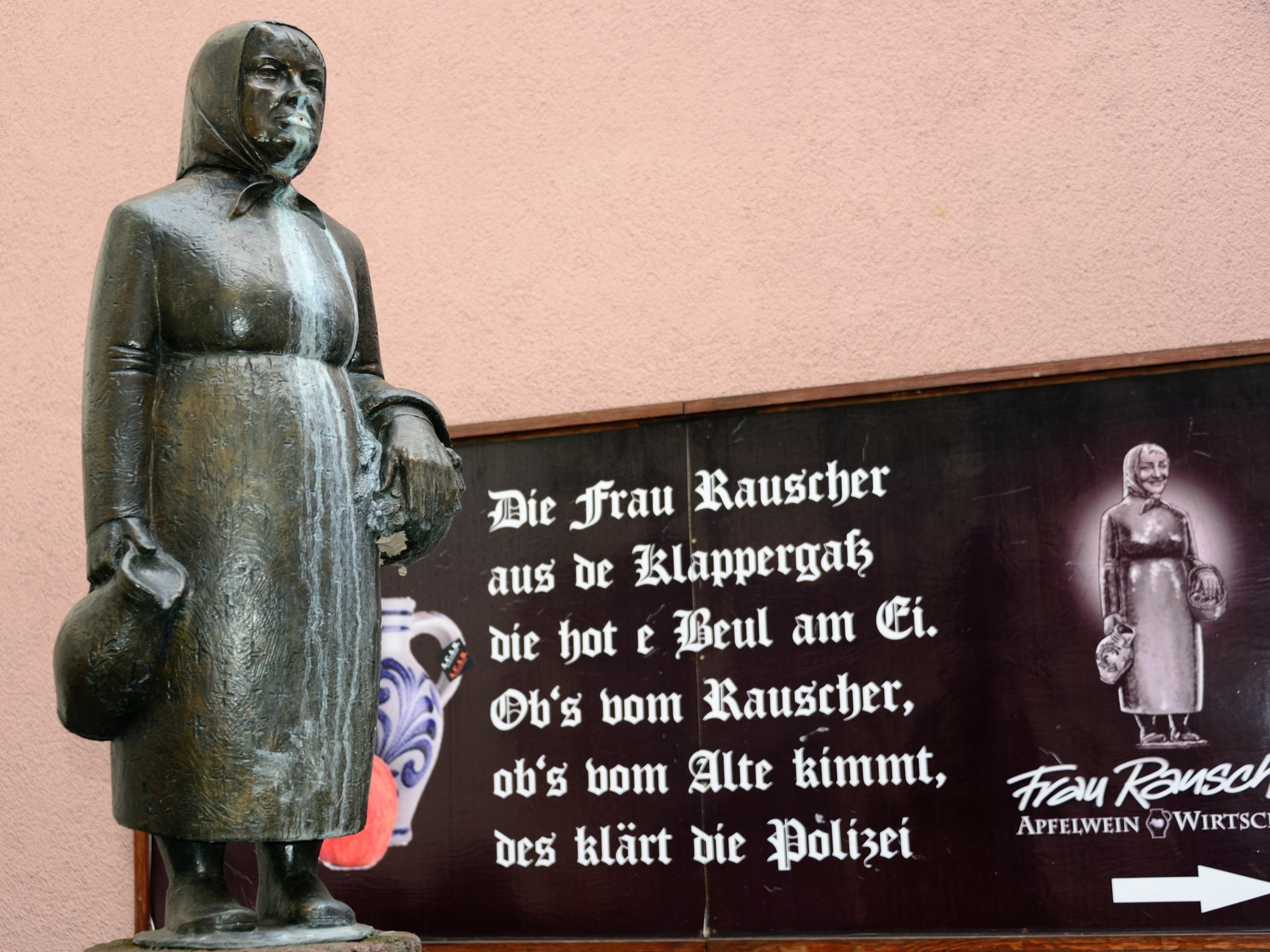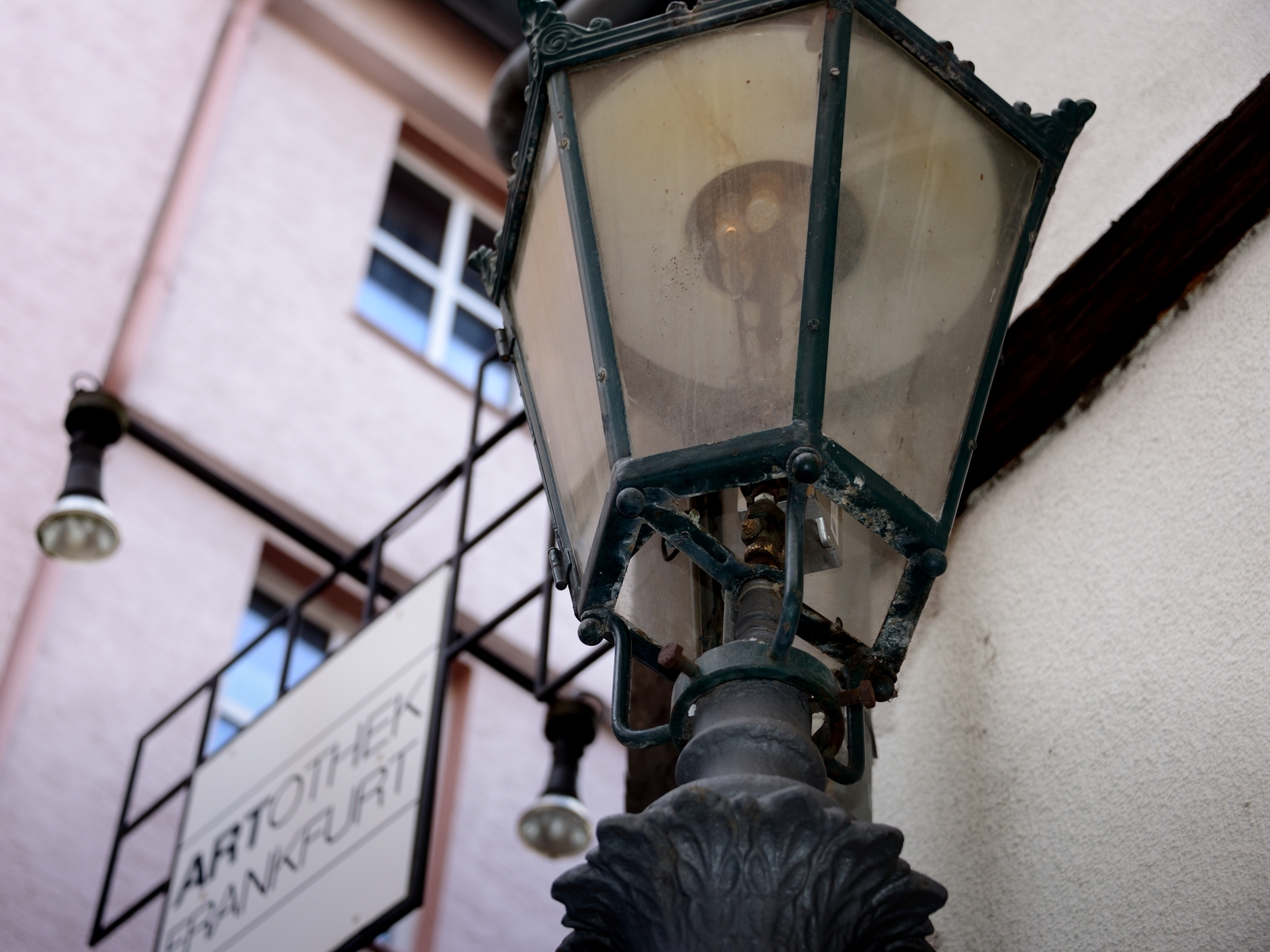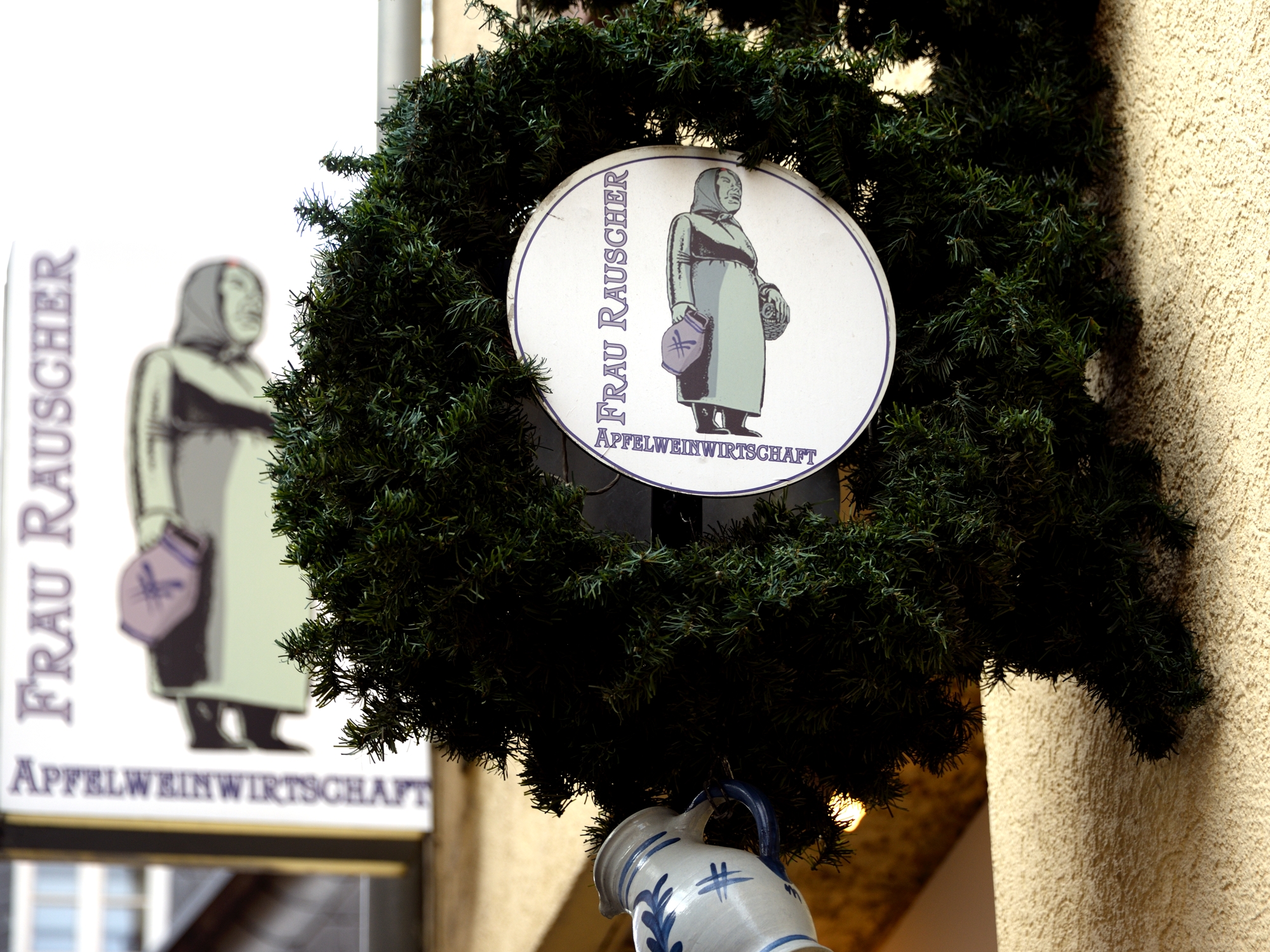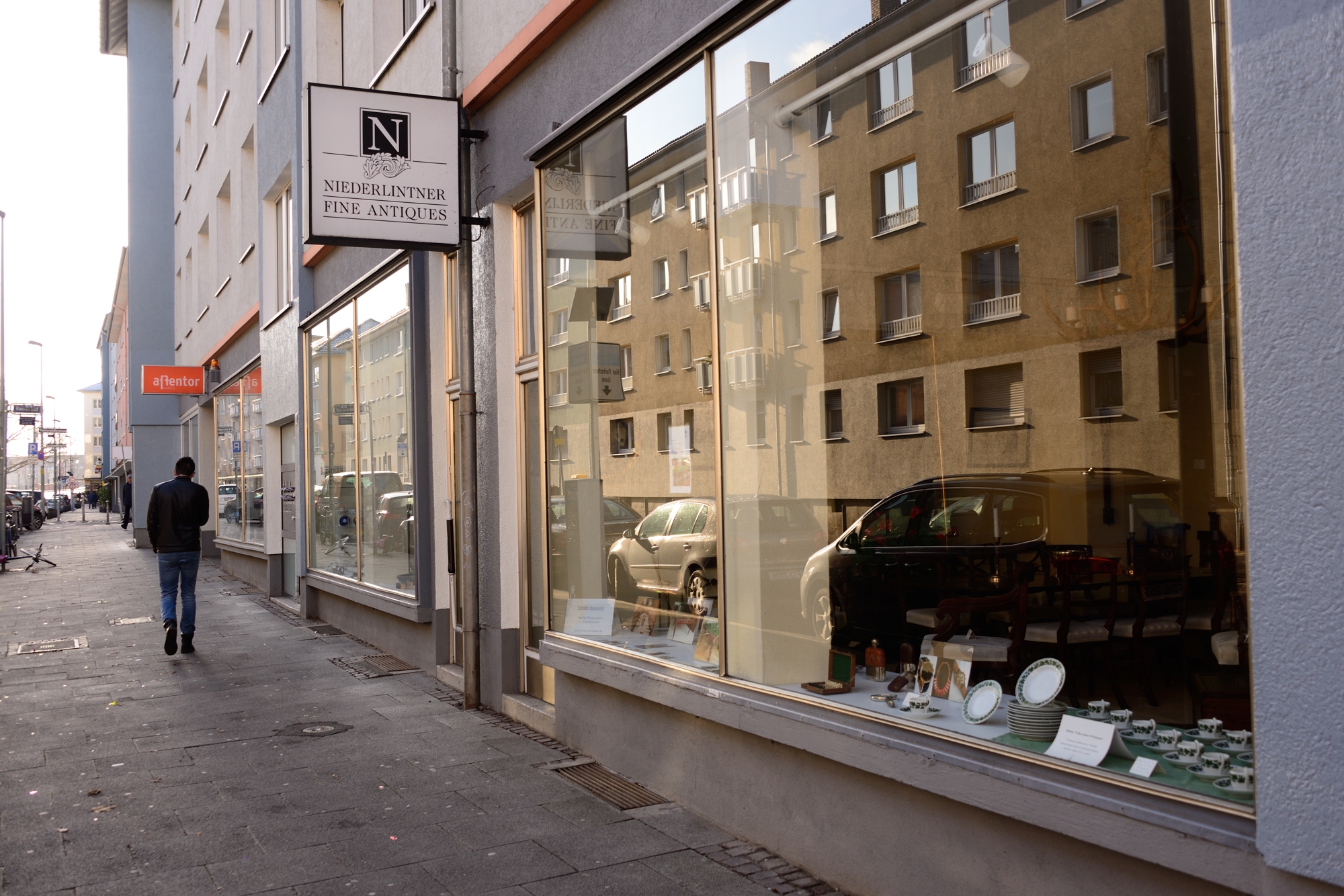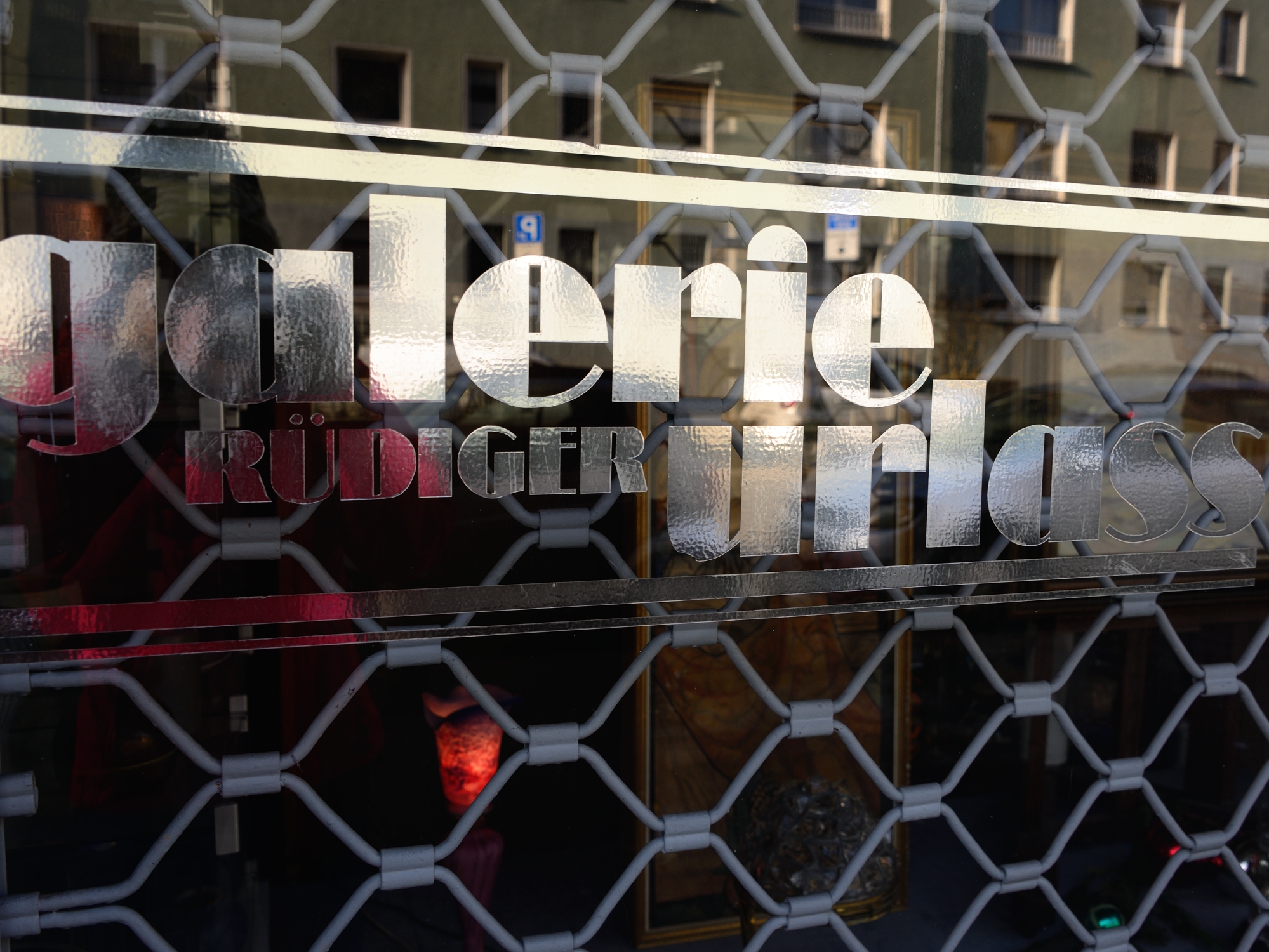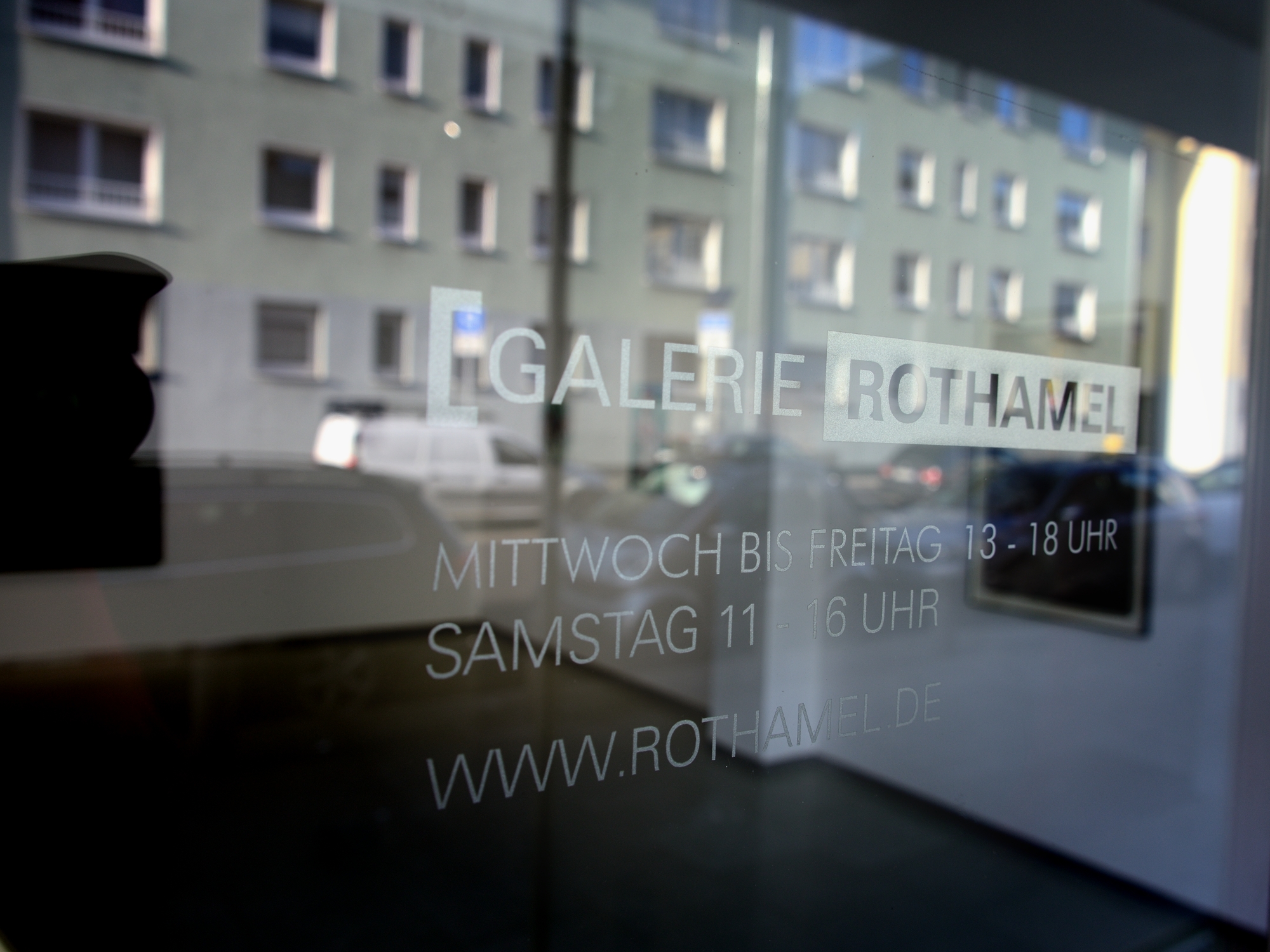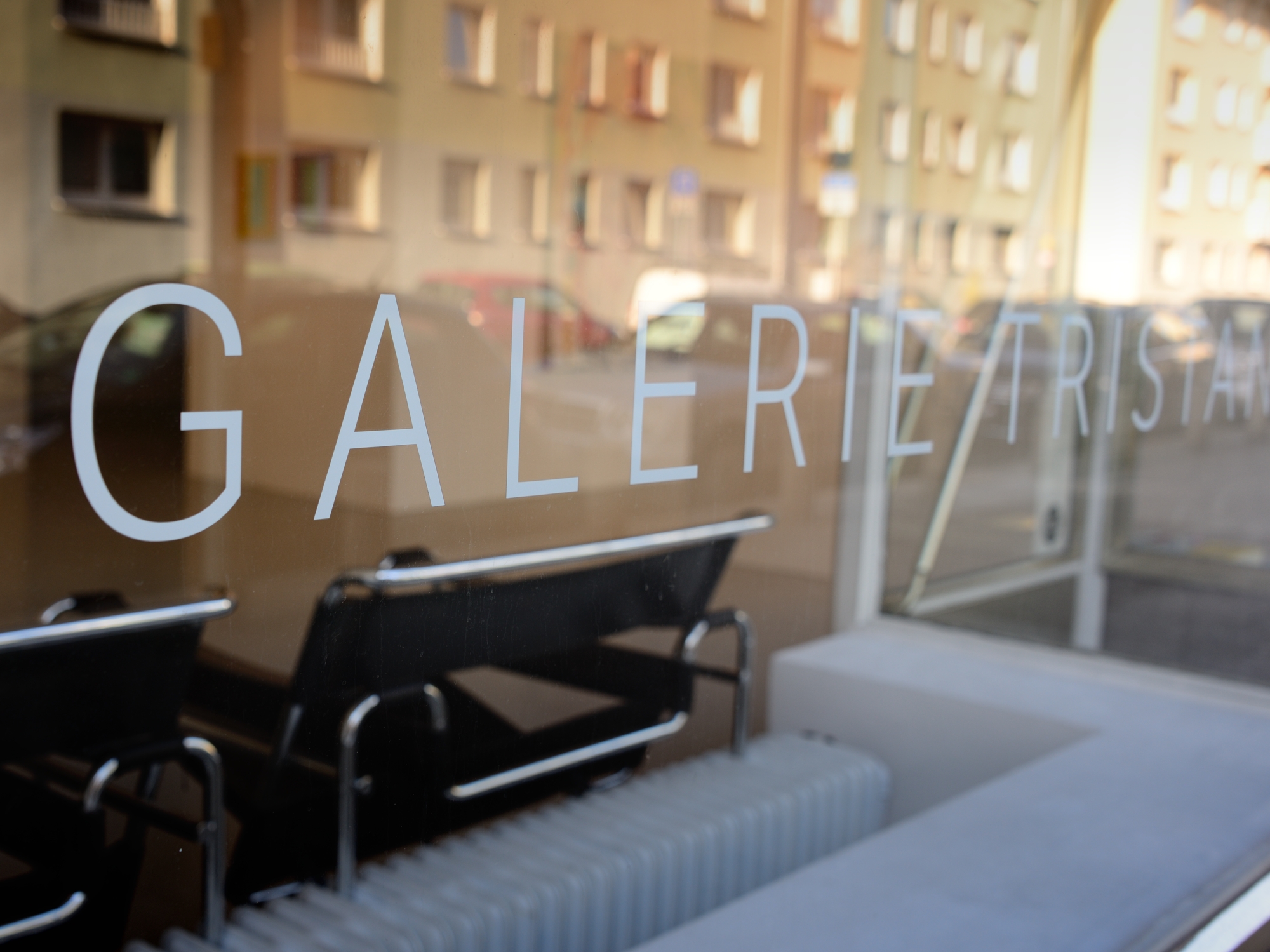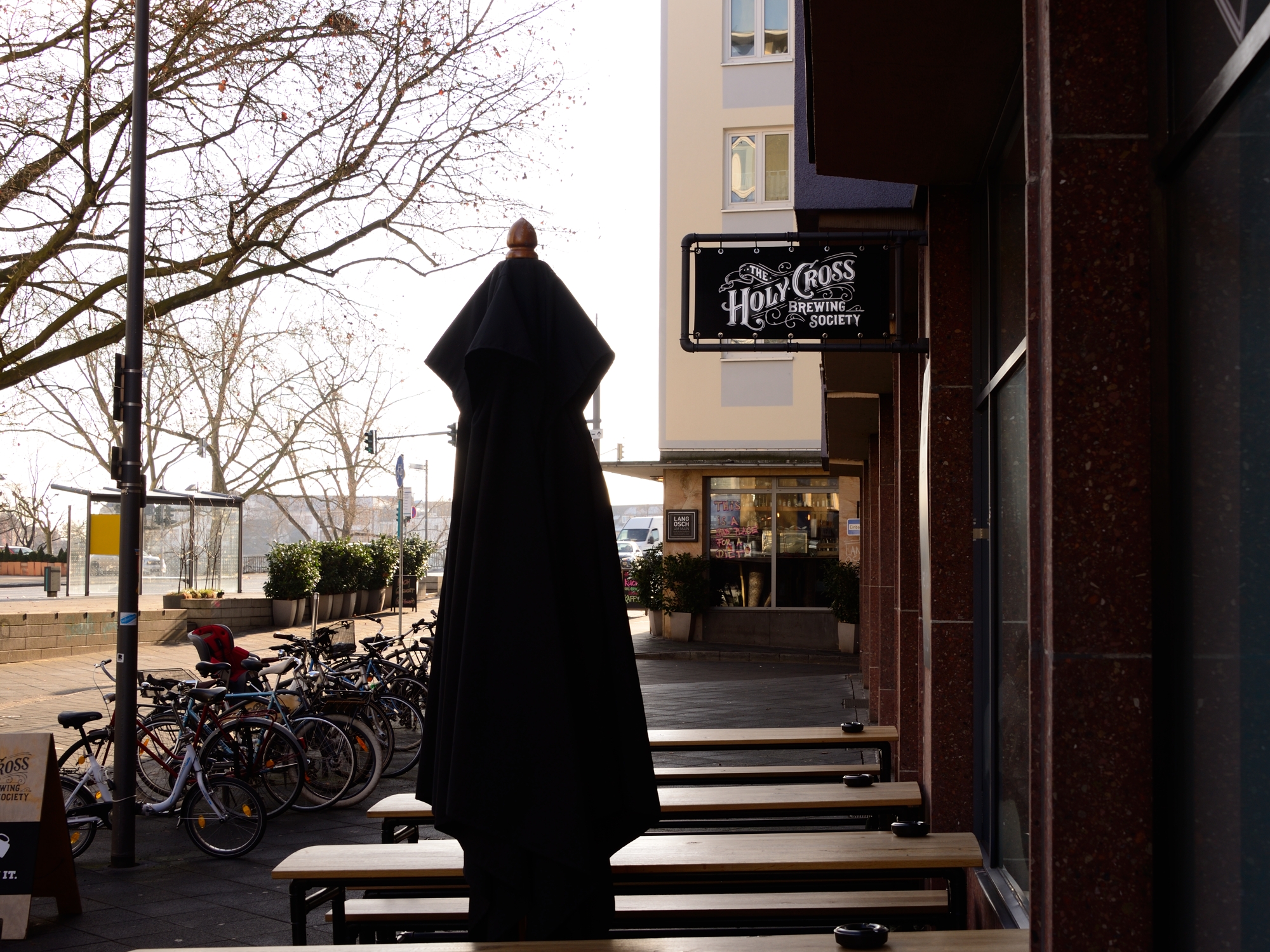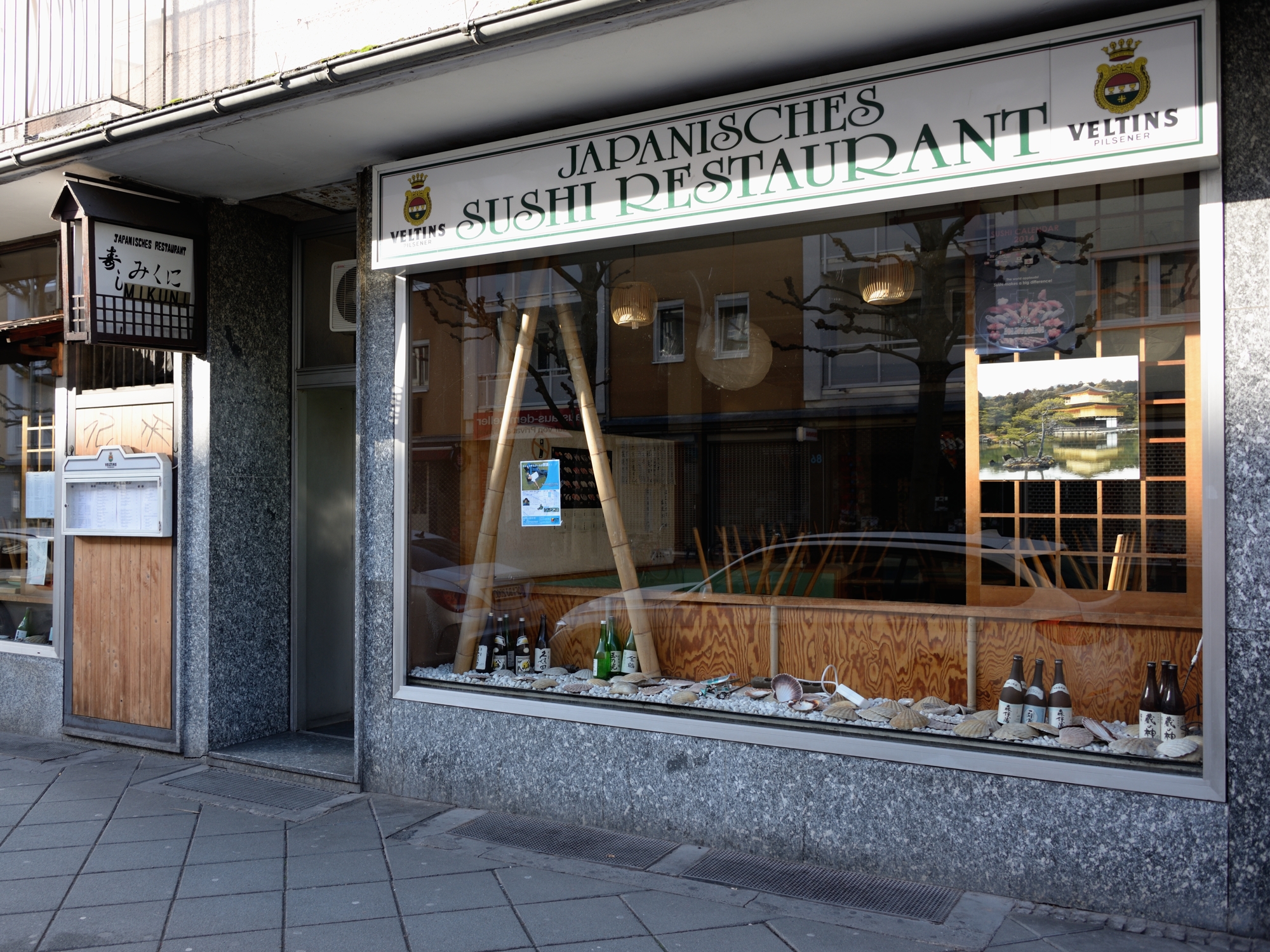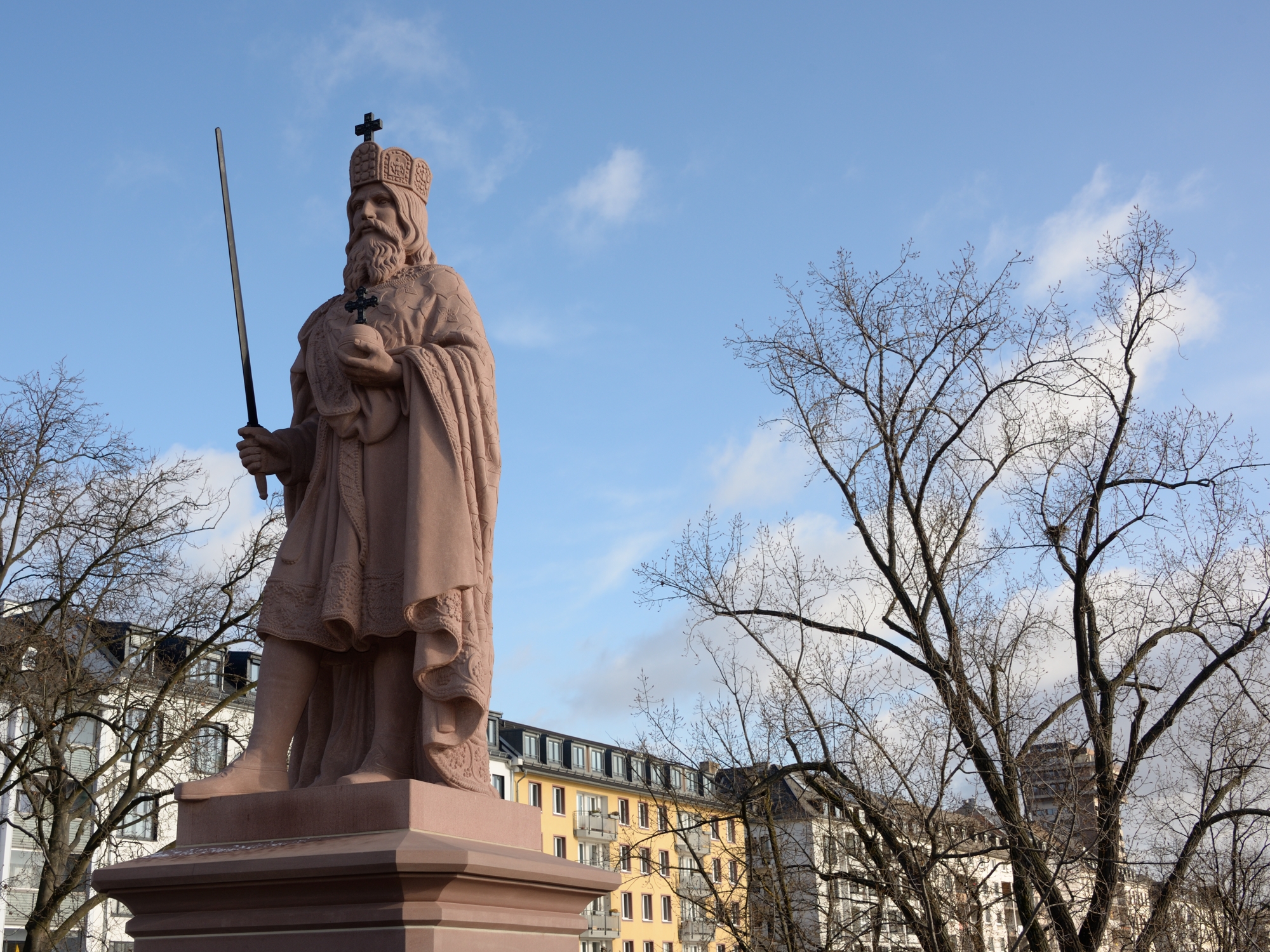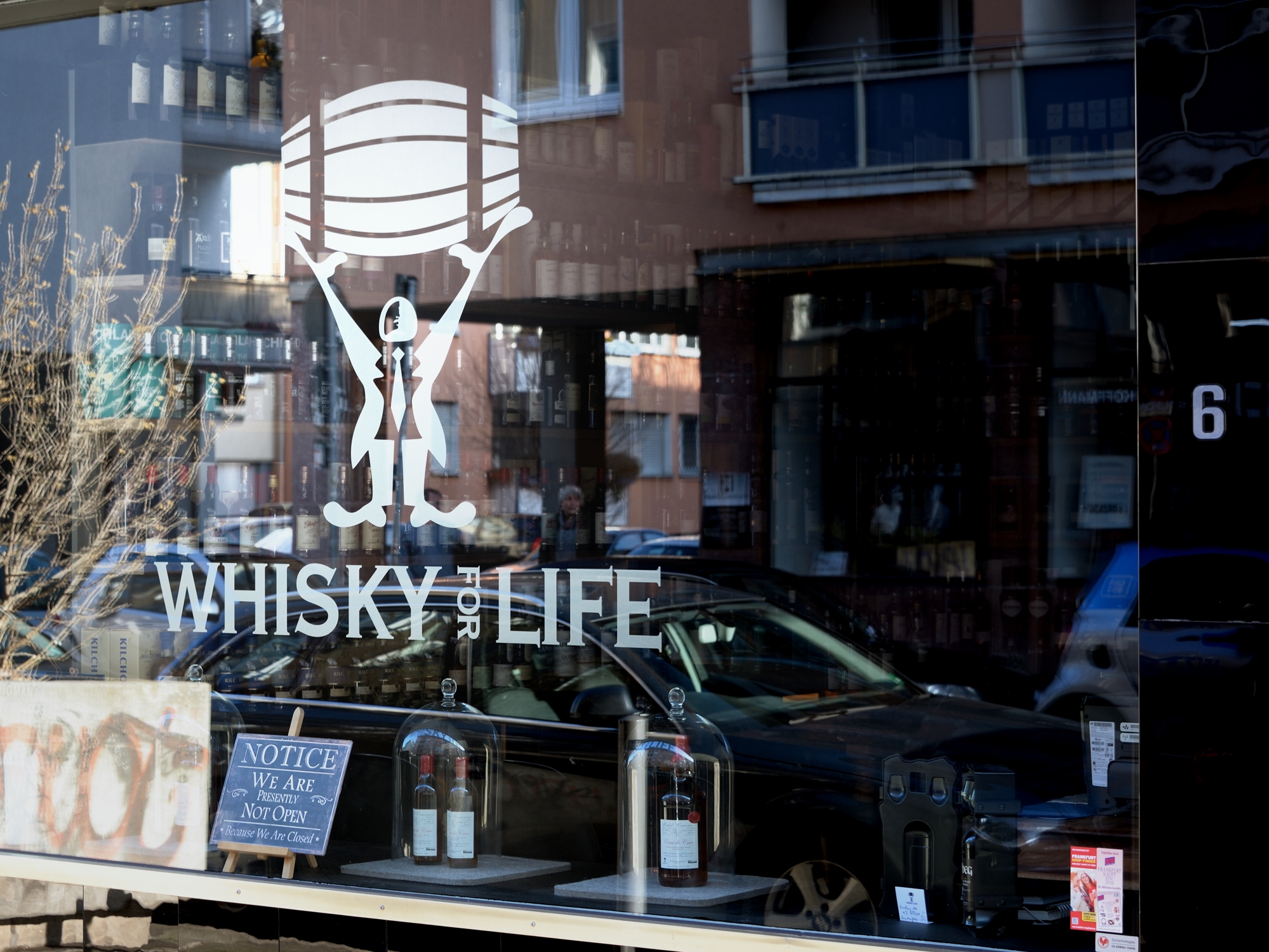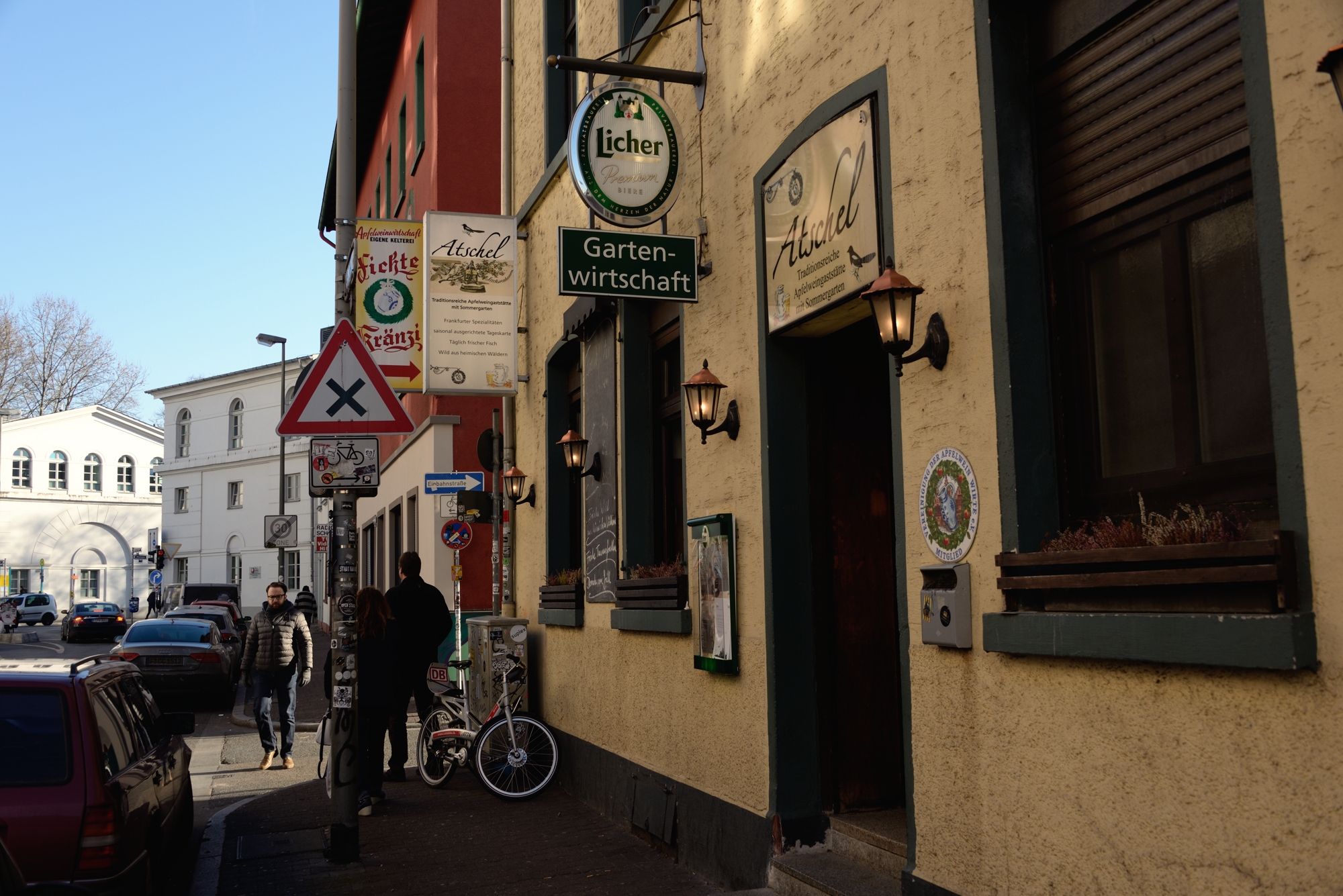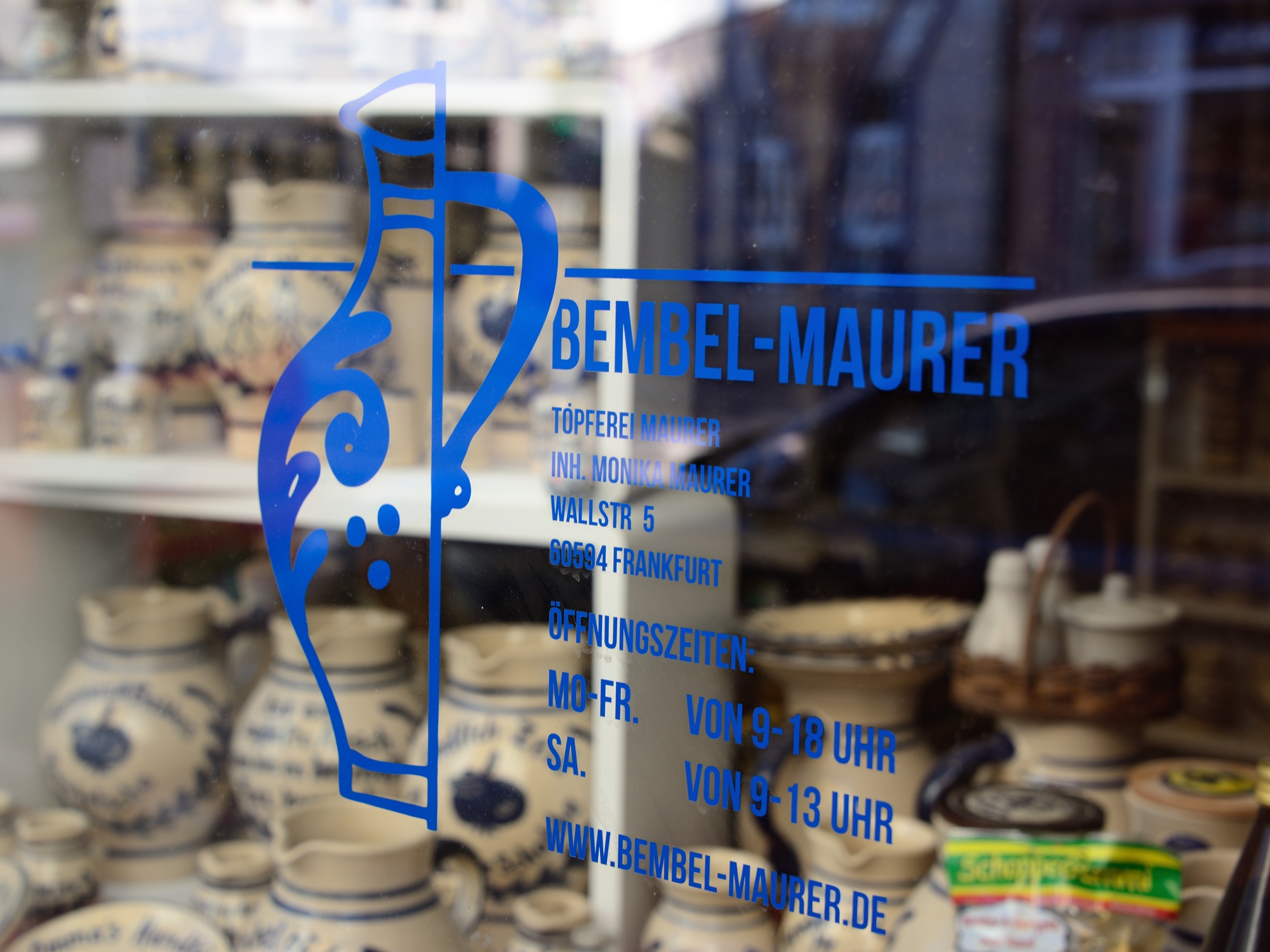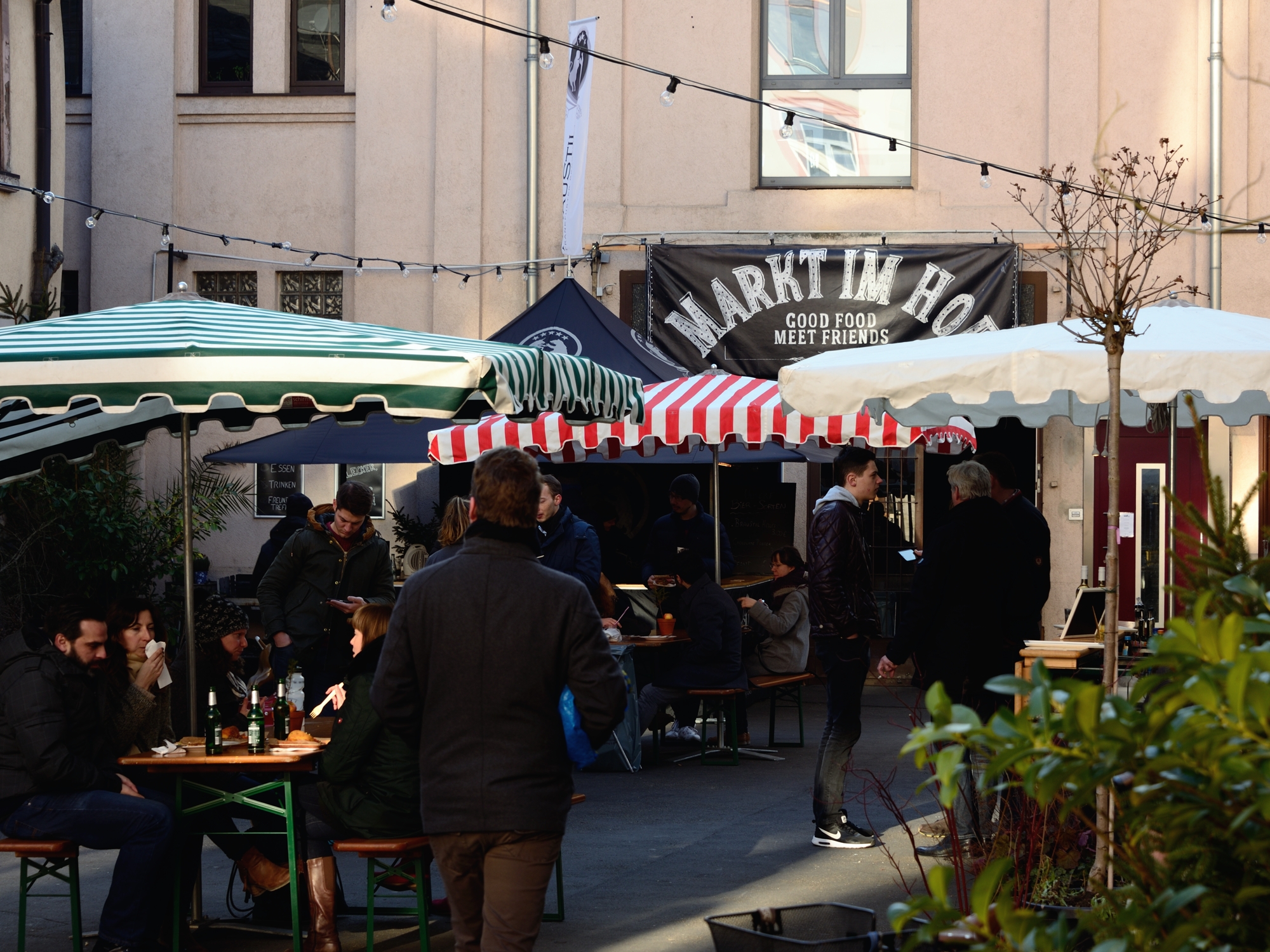Frankfurt New Altstadt
/In September 2018 Frankfurt celebrated the official opening of the "new" Altstadt. This incredible development reflects architectural styles spanning six centuries. Of the 35 buildings which make up this new quarter, 15 of the houses have been authentically recreated whilst the other 20 properties have a modern contemporary style. The whole project was funded by the city costing 200 million euros and was over 12 years in the making.
Pre-war the old town was an area of 28,000m² and was the most expansive medieval old town in Germany. However, on March 22nd 1944, the bombs rained down. The timber-framed, medieval houses, were not able to withstand the fires, resulting in 80% of the old town being destroyed.
Frankfurt wanted to rebuild itself as a modern city and by 1974 the Technische Rathhaus (technical town hall) took pride of place between the cathedral and the Römerberg. However, there was little love for the building’s brutalist architecture so when it was voiced that the building was to be demolished, the locals wasted no time in petitioning for a sympathetic redevelopment of the old town to represent what stood here before the war.
Today the old town is 7,000m² and is only a quarter of it's previous size. The new development brings back to life former times from the Romans, to the Kaiserpfalz of the earliest Holy Roman Emperors, and the centuries of architecture that followed.
Underneath the Stadthaus, and open for the public to view, lay the old Roman ruins, walls of the former Kaiserpfalz and some of the earliest medieval cellars.
Two of the old trading yards, Hinter dem Lämmchen and Hof zum Rebstock have been beautifully re-crafted, and after 70 years of being blocked, the Coronation Way, Krönungs Weg, is once again a thoroughfare for the public to retrace the steps of the newly crowned Holy Roman Emperors from the cathedral to the Römerberg.
The Hühnermarkt is the hub of the quarter, with the gothic Neue Rotes Haus ready to house "schirns" of yester-year and the Esslinger Haus, with it's reference to Tante Melber, an aunt of Germany's most famous author Johann Wolfgang Goethe. The baroque Grüne Linden, on the south side of the market place, houses the Balthasar Wein Bar offering quality German wines to thirsty passers-by. Meanwhile, on the east side, a row of classicist housing has been recreated. In the centre of the Hühnermarkt stands the fountain dedicated to Friedrich Stoltze, a local satirist and activist of the 1848 democratic movement.
The most outstanding house, the Goldene Waage (the Golden Scales) stands opposite the cathedral. It cost €8 million to authentically recreate both inside and out. This replica 17th century renaissance house is to be managed by the Historical Museum and is open to the public as a cafe and it also has internal access to the Stoltze Museum next door, in house Weisser Bock..
Take some time to explore the new town. Better still, come on a Walk-Frankfurt tour and get the full details and stories of what life was really like here throughout the centuries.





















